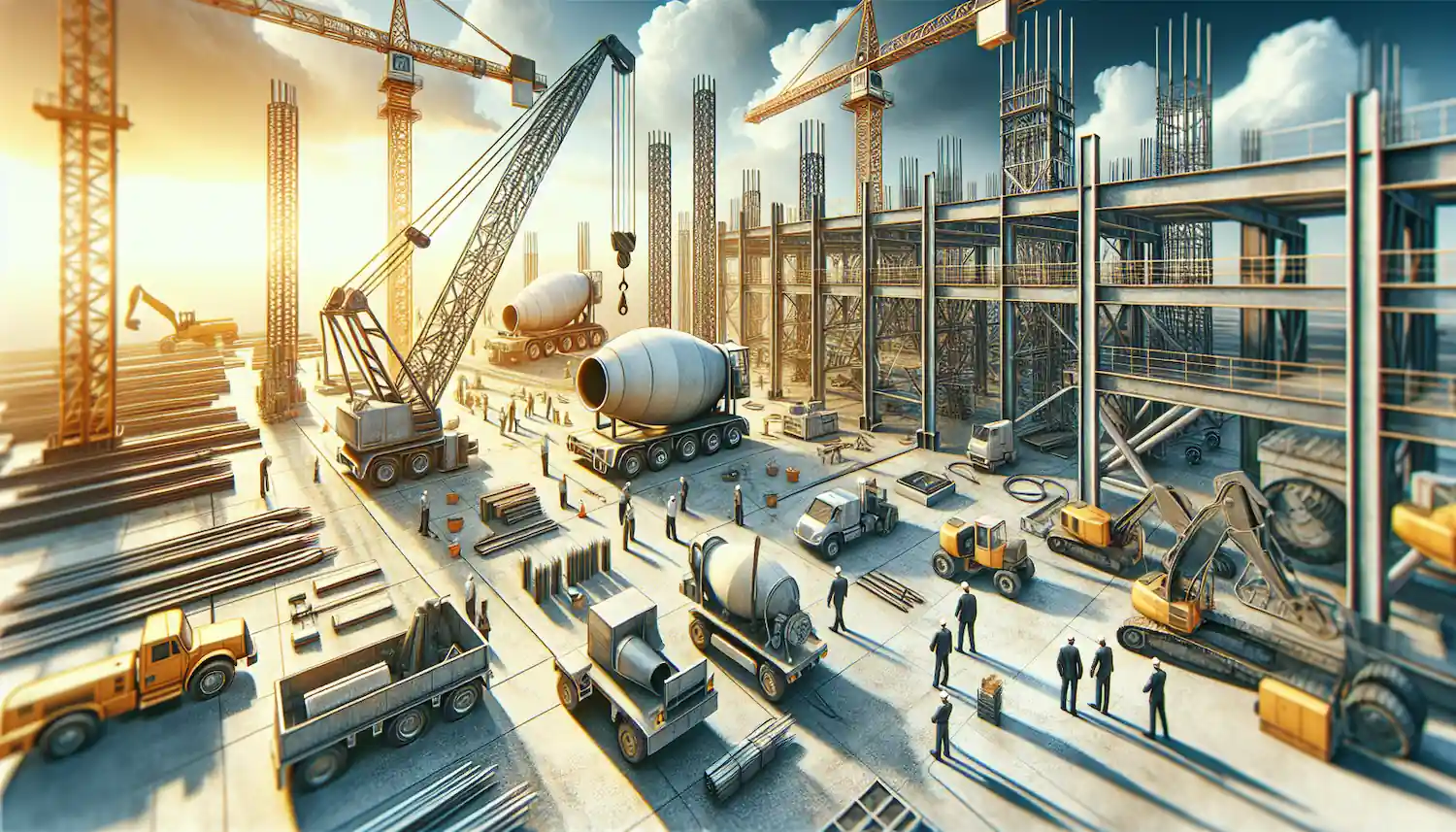Top Functional Criteria for Selecting Heavy Construction Equipment
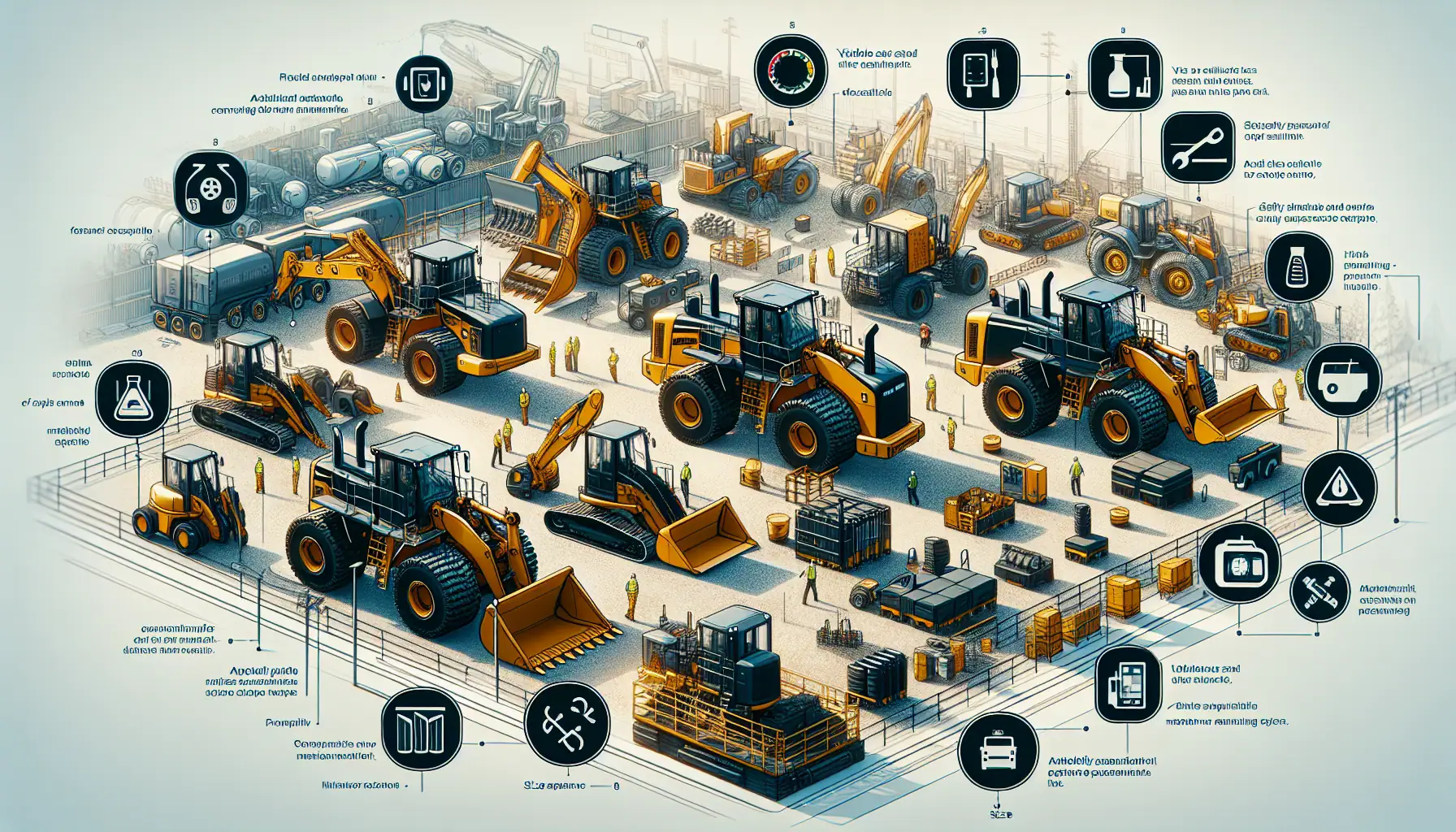
In this article, we will guide you through the top functional criteria for selecting heavy construction equipment, focusing on aspects such as equipment size capacity, versatility and adaptability, fuel efficiency and environmental impact, operator comfort and safety features, and maintenance requirements and serviceability.
Whether you are lifting heavy materials or managing different types of construction equipment, our aim is to provide you with actionable insights and practical advice to navigate the complexities of heavy machinery criteria selection.
Equipment Size and Capacity
Equipment Size and Capacity Considerations
When selecting heavy construction equipment, it's essential to consider the size and capacity that align with your project's specific needs. Oversized equipment can lead to challenges in maneuverability and increased operational costs, especially in confined spaces. Conversely, small construction equipment that is too small may fall short in productivity and efficiency, struggling to meet the demands of the task at hand.
Factors such as digging depth, lifting capacity, and reach are critical when evaluating excavator sizes and cranes, while payload capacity and maneuverability are paramount for loaders and forklifts. Consulting a backhoe size chart or dozer size comparison chart can help you determine the appropriate equipment size capacity for your project.

Equipment Size and Capacity Impact on Productivity
The size of your construction site equipment significantly impacts the overall productivity and efficiency of your project. Equipment that is too large can increase the cost considerations unnecessarily and complicate transportation requirements between sites. On the other hand, selecting a machine that is too small for the job can hinder your project's progress and fail to meet production targets. It's crucial to assess the volume of material that needs moving, the job site conditions, and environmental factors to choose the right equipment weight.
Equipment Size and Capacity Selection Guidelines
To ensure you select the appropriate size and capacity for your job site equipment, start by defining the job parameters. Consider the type, volume, and weight of the material, as well as the general tasks like hauling, leveling, and digging. Evaluate the job location's terrain analysis, space limitations, and ground conditions to determine which earth mover size comparison will be most effective without compromising safety or efficiency.
Factor in technological needs and attachment compatibility. Modern features like automated alerts and GPS tracking might require more space, which large construction equipment can provide. Also, consider the upfront costs and potential return on investment. Larger machines usually come with higher purchase and operational costs, so align your choice with your budget and financial goals . Consulting construction equipment data and heavy equipment specs can help you make an informed decision.
Lastly, remember to contact MCH parts for a free sourcing machinery or parts consultation and get a free quote to optimize your selection process and ensure you have the best equipment for your project needs.
Versatility and Adaptability
Versatility and Adaptability Features
Your choice of heavy construction equipment can significantly enhance project flexibility and efficiency. For instance, compactors with both track and wheel options offer remarkable adaptability, ensuring optimal performance across varied terrains . Similarly, the availability of diverse attachments for skid steers, such as augers and grapple buckets, allows a single piece of equipment to perform multiple tasks, from digging trenches to clearing brush.
This machine versatility is crucial in meeting the dynamic demands of construction projects. Compact track loaders and skid steer attachments are prime examples of adaptable construction equipment types that can handle a wide range of earthmoving tasks.

Versatility and Adaptability Benefits
The benefits of versatile building construction equipment are manifold. Cross-training construction crews enhance their ability to adapt to changing project needs, which smooths project execution and improves performance . Additionally, equipment like telescopic handlers and articulated trucks adjust to the specific requirements of different projects, thereby increasing operational efficiency and reducing downtime.
This flexibility is essential for maintaining continuity in your projects, especially when faced with unexpected challenges or changes in project scope. Versatile landscaping machinery and demolition equipment can also help streamline your list of equipment used in construction, reducing equipment rental vs purchase costs.
Versatility and Adaptability Assessment
To effectively assess the versatility and adaptability of different construction machines, consider the integration of advanced technologies. GPS tracking and automated compaction technologies not only enhance the precision of tasks such as compaction but also contribute to overall project accuracy and efficiency .
Evaluate how these technologies integrate with your equipment to ensure they meet your project's specific needs. Also, consider factors like equipment mobility, tail swing, and grading capabilities when assessing the adaptability of your construction management equipment.
Lastly, remember to contact MCH parts for a free sourcing machinery or parts consultation and get a free quote. This will help optimize your selection process, ensuring you have the best-suited equipment for your project needs.
Fuel Efficiency and Environmental Impact
Fuel Efficiency and Environmental Impact Factors
Fuel efficiency in heavy construction equipment is paramount, not only for cost reduction but also for minimizing environmental impact. Did you know that fuel expenses can account for 30 to 50 percent of a machine's operating costs? By optimizing fuel usage, you significantly decrease overhead costs and boost profitability. Factors like driving habits, proper maintenance, and equipment sizing play crucial roles in enhancing fuel efficiency.
For instance, maintaining steady speeds and shifting gears at lower RPMs can reduce fuel consumption. Moreover, choosing the right backhoe capacities or bulldozer blade size for the job prevents excessive fuel use. Utilizing the best equipment to move gravel or other materials can also help optimize fuel efficiency.

Fuel Efficiency and Environmental Impact Ratings
The impact of fuel efficiency extends beyond just economic savings to substantial environmental benefits. Reducing idle times and using equipment as recommended can lower the emission of greenhouse gases significantly .
Newer engine models, especially those adhering to Tier 4 Final standards, are designed to decrease emission rates and fuel consumption, which directly contributes to a lower carbon footprint. Using the proper fuel grade and ensuring that storage tanks are adequately protected from the elements also helps in maintaining fuel integrity and efficiency. Consulting construction equipment specifications can help you identify the most fuel-efficient options for your fleet.
Fuel Efficiency and Environmental Impact Best Practices
Implementing best practices for fuel efficiency is not just beneficial; it's necessary. Regular maintenance and inspections ensure that machines operate at peak efficiency, which conserves fuel and extends the equipment's lifespan. Planning job site layouts to minimize travel distances and turning radii can also significantly reduce fuel consumption. Additionally, training operators to optimize their driving techniques and minimize idle time can lead to a nearly 10% improvement in fuel efficiency. Utilizing material handling equipment and trenching tools that are appropriately sized for the task can further enhance fuel efficiency and reduce environmental impact.
Lastly, remember to contact MCH parts for a free sourcing machinery or parts consultation and get a free quote.
Operator Comfort and Safety Features
Operator Comfort and Safety Features Overview
Operator comfort significantly influences productivity factors in the heavy construction sector. A comfortable operator is more focused and efficient, while discomfort can lead to decreased alertness and performance. Modern heavy equipment is designed to enhance operator comfort through ergonomic cabins that feature climate control, low noise levels, and adjustable seating.
These advancements not only foster a positive work environment but also reduce fatigue and stress, thereby increasing attentiveness and decision-making capabilities. Comfortable seating and controls are especially important for operators of wheel loader bucket capacity machines and other equipment that requires precise movements.

Operator Comfort and Safety Features Importance
The importance of operator comfort extends beyond mere convenience; it directly impacts safety and operational efficiency. Physical discomfort, such as poor seating or inadequate lumbar support, can lead to musculoskeletal disorders, which may cause chronic pain and affect an operator's ability to perform tasks accurately. Environmental factors like excessive heat or noise also play a crucial role, as they can diminish concentration and increase the likelihood of errors.
Furthermore, ergonomic designs and features like vibration-damping systems are essential for minimizing the risk of injuries and enhancing overall safety. Proper operator comfort and safety features are critical for all types of construction site equipment, from small construction equipment to large construction equipment.
Operator Comfort and Safety Features Evaluation
Evaluating the comfort and safety features of construction equipment involves considering various ergonomic and environmental aspects. Adjustable features that allow operators to customize their working position are critical. These include adjustable seats, lumbar support, and controls that are easy to operate, which help in maintaining proper posture and reducing strain . Additionally, assessing the cabin environment for factors such as air quality, noise levels, and visibility is vital.
Advanced technologies like noise reduction systems and climate control can significantly improve the working conditions within the cabin, leading to better health outcomes and increased productivity.
Lastly, remember to contact MCH parts for a free sourcing machinery or parts consultation and get a free quote.
Maintenance Requirements and Serviceability
Maintenance Requirements and Serviceability Considerations
When managing your heavy construction equipment, understanding the difference between reactive and preventative maintenance is crucial. Reactive maintenance typically occurs after a problem has been identified, such as low oil levels or contaminants in the fuel, which might not halt operations but will reduce efficiency until addressed.
On the other hand, preventative maintenance is scheduled regularly, irrespective of apparent issues, ensuring that equipment does not fail unexpectedly and thus maintains productivity . This approach not only enhances uptime but also significantly reduces the likelihood of costly downtime due to equipment failure, which is critical given the uncontrollable variables like weather that can affect construction schedules.
Maintenance Requirements and Serviceability Impact
Effective maintenance directly impacts the longevity and reliability of your heavy machinery. Implementing a regular inspection and maintenance schedule can prevent minor issues from escalating into major failures, thus avoiding interruptions in your project timeline.
For instance, identifying wear and tear early through routine checks allows for timely repairs, which can extend the equipment's operational life and improve safety by preventing accidents related to equipment malfunctions. Moreover, maintenance tasks, even simple ones like lubrication and cleaning, play a significant role in keeping machinery at peak performance, ultimately contributing to smoother and more efficient project execution.
Maintenance Requirements and Serviceability Assessment
Assessing the serviceability of your equipment involves more than just periodic checks. It requires a structured approach that includes predictive maintenance, which utilizes technology such as sensors and computer programs to forecast when maintenance should occur, thereby optimizing the timing of service interventions . This method is particularly beneficial as it allows components to be used to their fullest potential without risk of failure.
Additionally, ensuring that maintenance tasks are performed by competent personnel is crucial. Training and adherence to safety regulations are imperative to prevent accidents during maintenance operations and to ensure that repairs are performed correctly.
Lastly, remember to contact MCH parts for a free sourcing machinery or parts consultation and get a free quote. This proactive step can significantly enhance the efficiency and reliability of your heavy construction equipment, ensuring that it meets the demands of your projects while adhering to safety standards.
Conclusion
Through the detailed exploration of essential functional criteria for selecting heavy construction equipment, this article has aimed to arm you with the necessary knowledge to ensure your investments contribute effectively towards the efficiency, safety, and financial viability of your construction projects. From the considerations of equipment size and capacity, versatility and adaptability, to the critical importance of fuel efficiency, operator comfort, and maintenance requirements, we have traversed a comprehensive path to guide your selection process.
These guidelines not only serve to enhance operational efficiency but also underline the importance of environmental stewardship and safety in the heavy construction industry.
As we conclude, it is evident that the selection of heavy construction equipment cannot be an afterthought but a core part of your project planning and execution strategy. The implications of these decisions stretch far beyond the immediate needs of any given project, influencing long-term sustainability, cost-management, and the well-being of those on the ground.
Emphasizing the article's core message, consider reaching out to MCH PARTS for a free sourcing machinery or parts consultation, ensuring your business benefits from top-tier equipment and service. By investing time in selecting the right equipment and ensuring it is maintained adequately, you position your projects for success, ready to meet the challenges of today's fast-paced construction landscape.
FAQs
1. What should be considered when selecting construction equipment?
When choosing construction equipment, it's crucial to assess the overall cost implications for the project. Each piece of equipment contributes to the total expense, so selecting versatile and adaptable tools that can accommodate various attachments is beneficial. Key cost factors to consider include fuel consumption.
2. What are the key factors to evaluate when choosing construction equipment?
The primary factor is the equipment's usefulness, specifically if it meets the project's needs. Other important criteria include the equipment's suitability for the task, durability, cost-effectiveness, ease of maintenance, aesthetic appeal, teacher preference, and safety.
3. How do you determine the right construction equipment for a project?
To select the appropriate construction equipment, consider the scope of the project and the conditions of the job site. It is important to understand the relevance of equipment size and identify any needs for specialty equipment. Additionally, consider the necessary attachments, staffing requirements, and the equipment’s service needs.
4. What economic factors influence the selection of construction equipment?
Economic factors play a significant role in equipment selection. This includes the costs of ownership and operation, particularly fuel expenses. Additionally, the equipment's resale value, the cost of replacing existing machinery, and the salvage value are essential considerations.
Read More
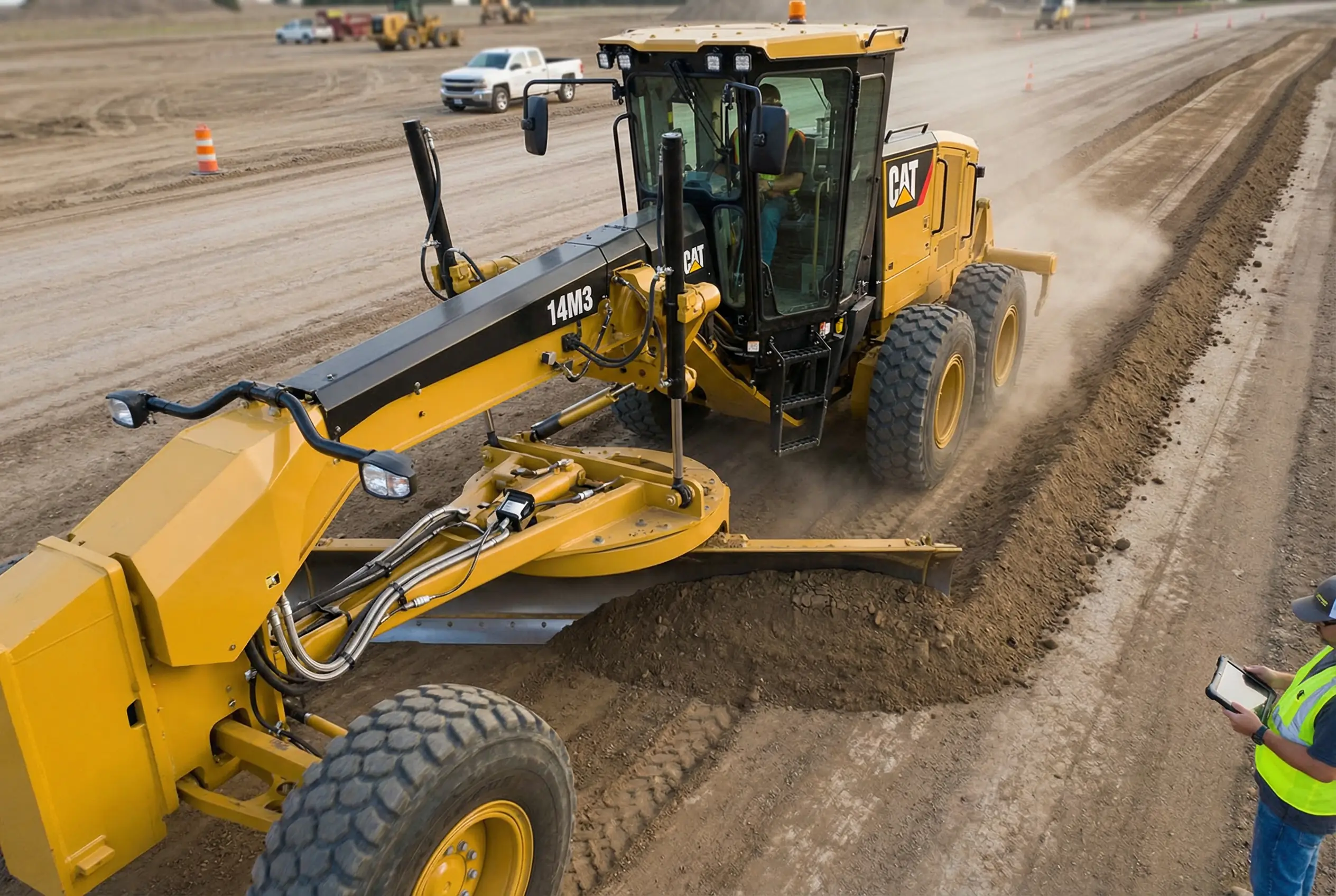
Motor Grader Predictive Diagnostics: Prevent Hydraulic Failures & Reduce Downtime
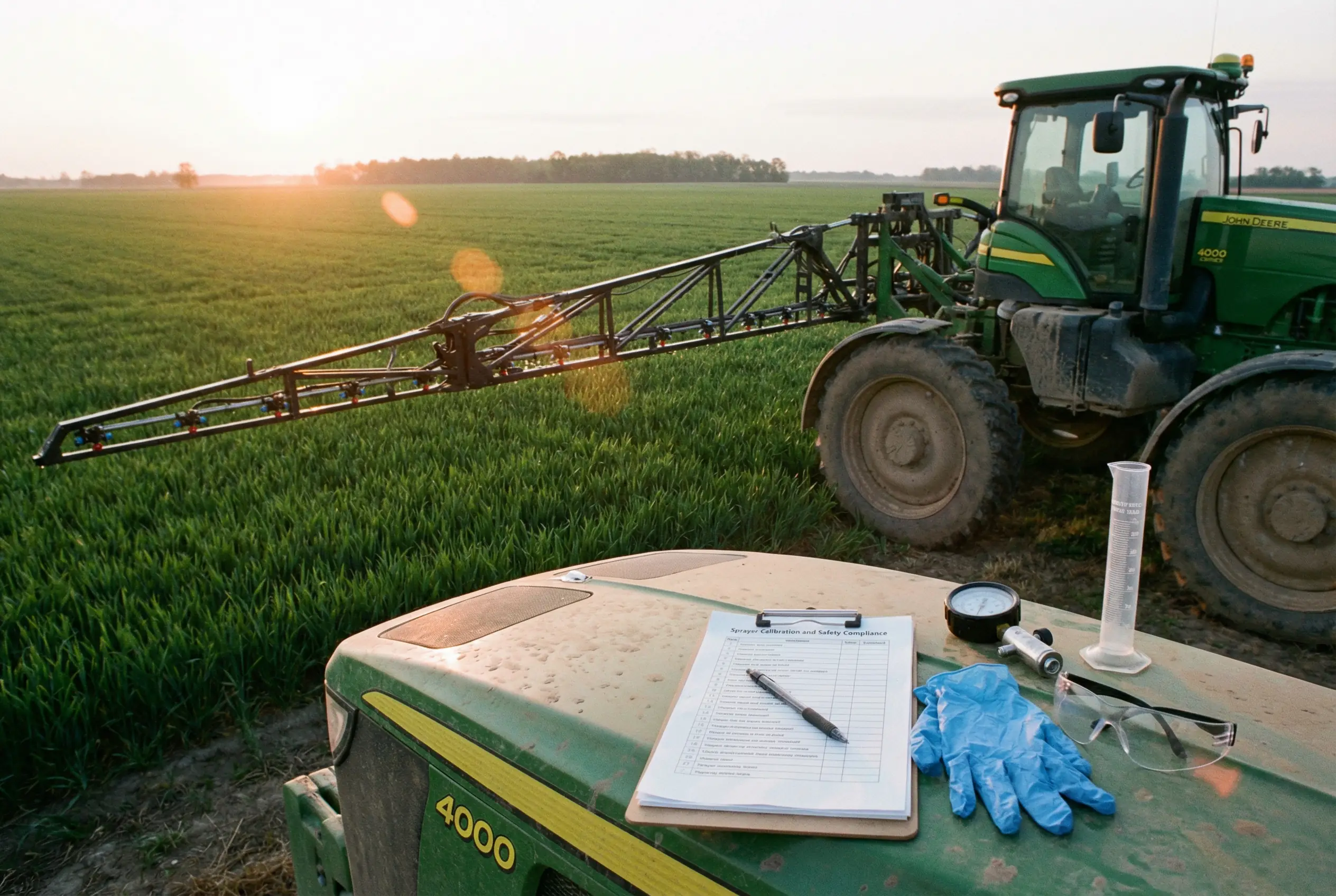
Pesticide Sprayer Calibration: Essential Safety Compliance Guide & Protection

Seeder Bearing Parts Sourcing Guide: Critical Components & Strategy
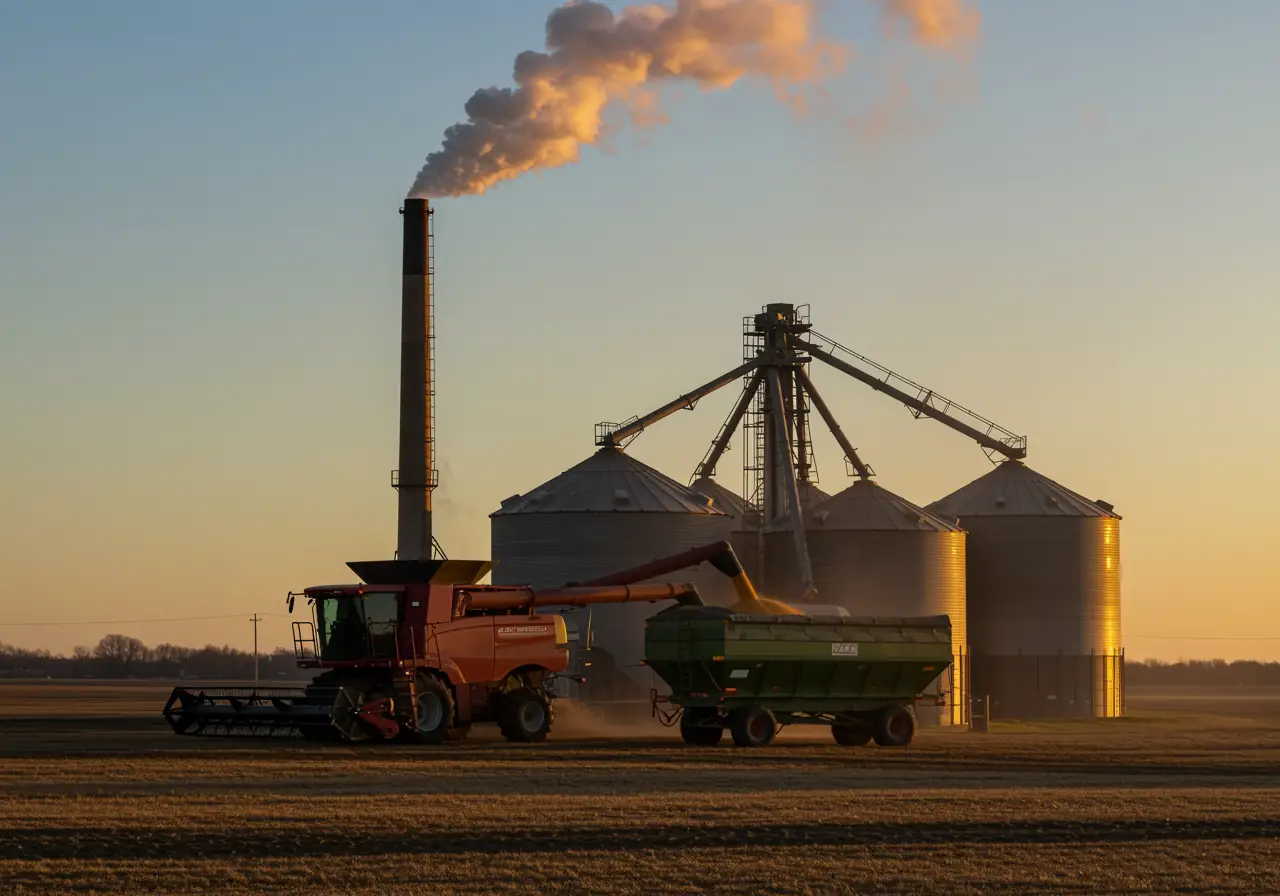
Downtime Prevention Through Smart Inventory for Grain Dryers
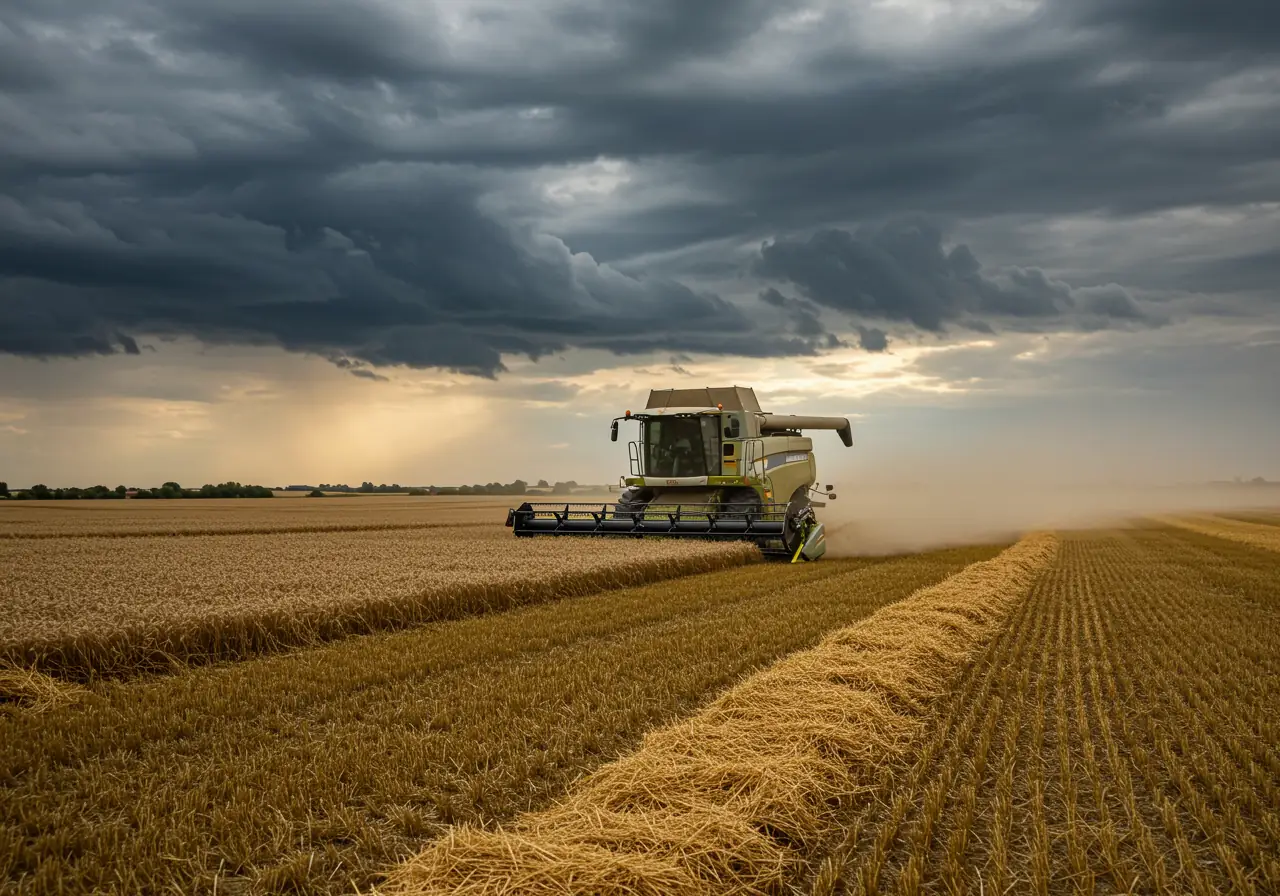
Combine Harvester Breakdown Prevention Guide: Predictive Analytics for Zero Downtime

Master Global Agricultural Parts Delivery | Mid-Season MRO Guide

Fixing Haul Truck Downtime Issues: Remote Parts Strategy Guide 2025
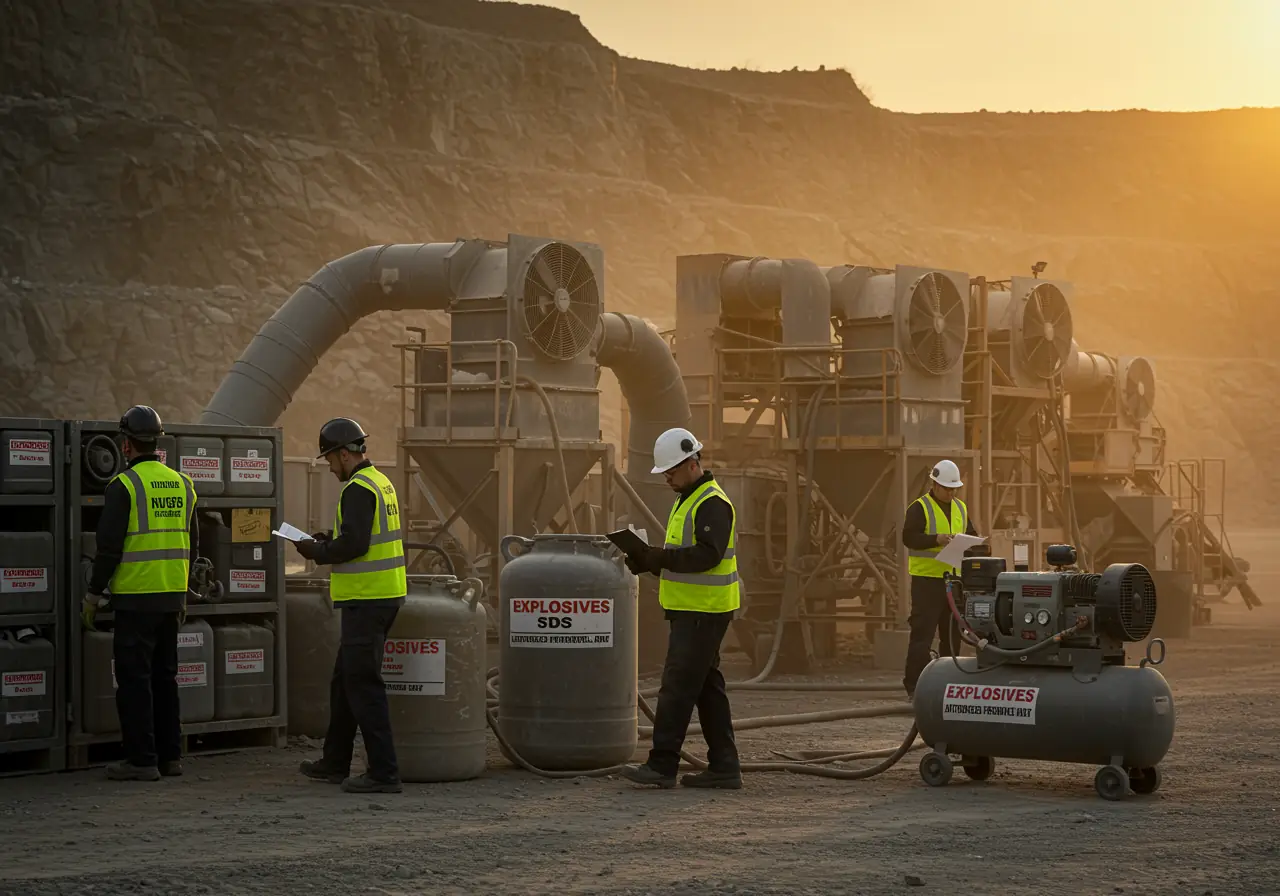
Blasting Equipment Safety Compliance: Must-Know Audit Requirements for 2025

The Step-by-Step Guide to Global Drill Rig Consumables Sourcing
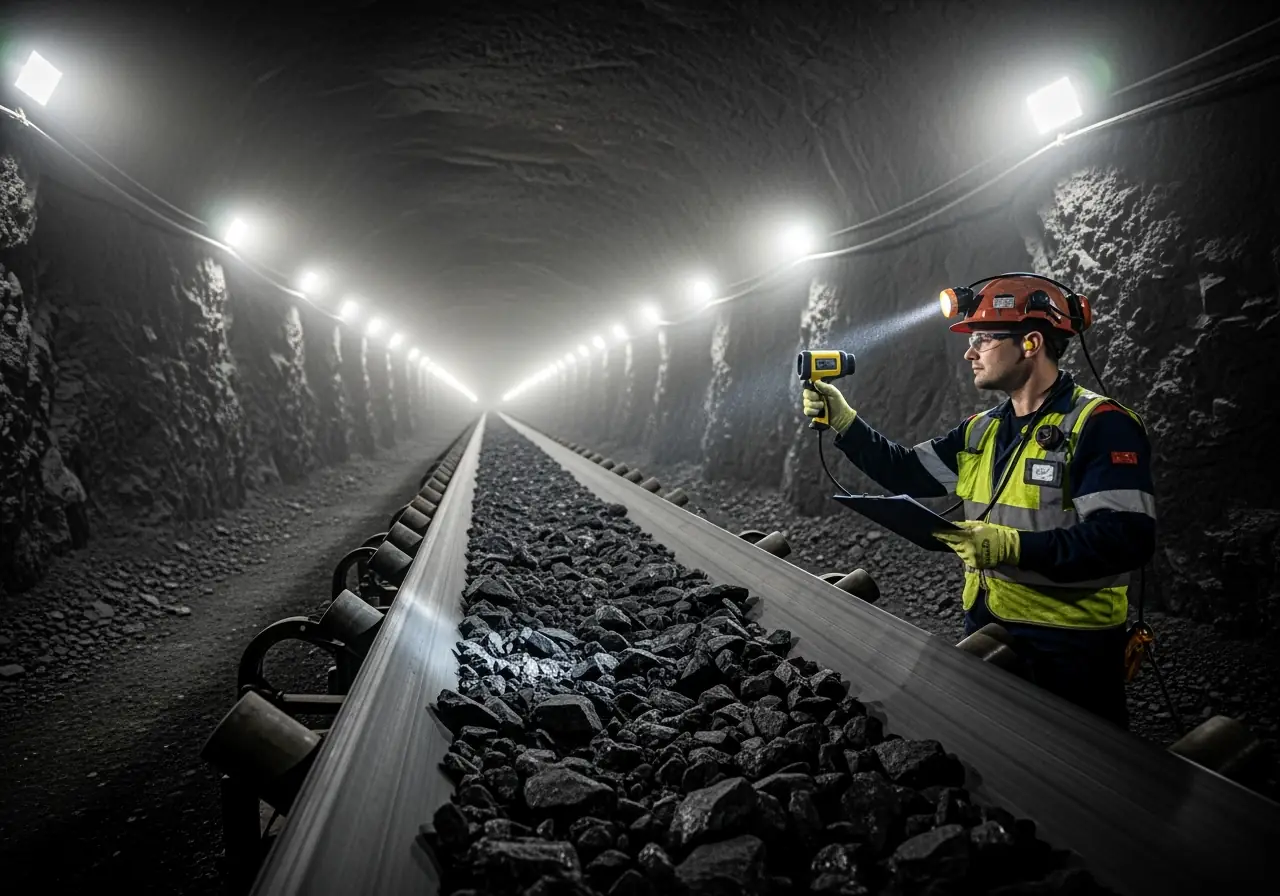
Mining Conveyor Maintenance Guide: Detecting Hidden Risks in Underground Systems
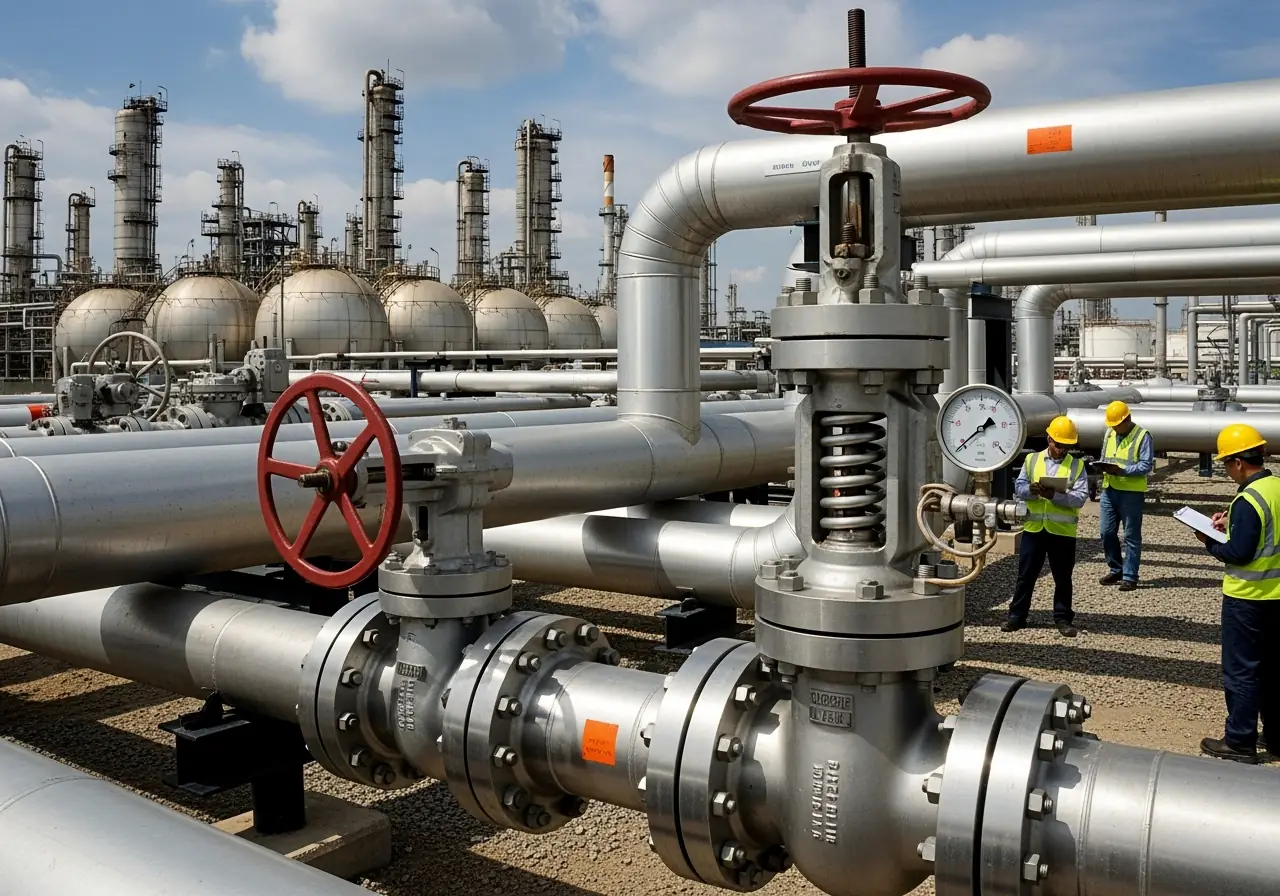
Best Practices for Certified Pipeline Valve Selection: From Specs to Installation
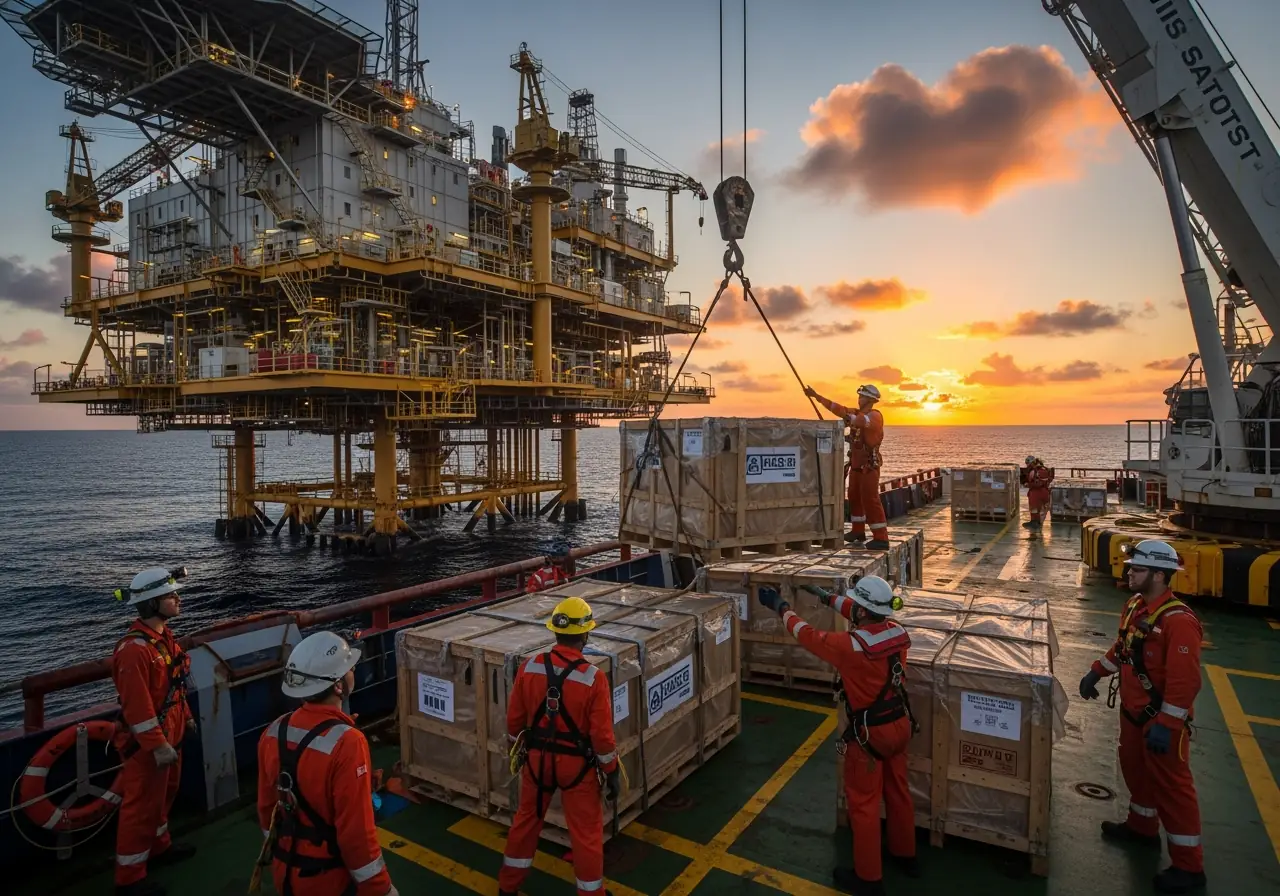
Optimizing Oil Rig PPE Delivery: Proven Strategies That Saved $2M Annually
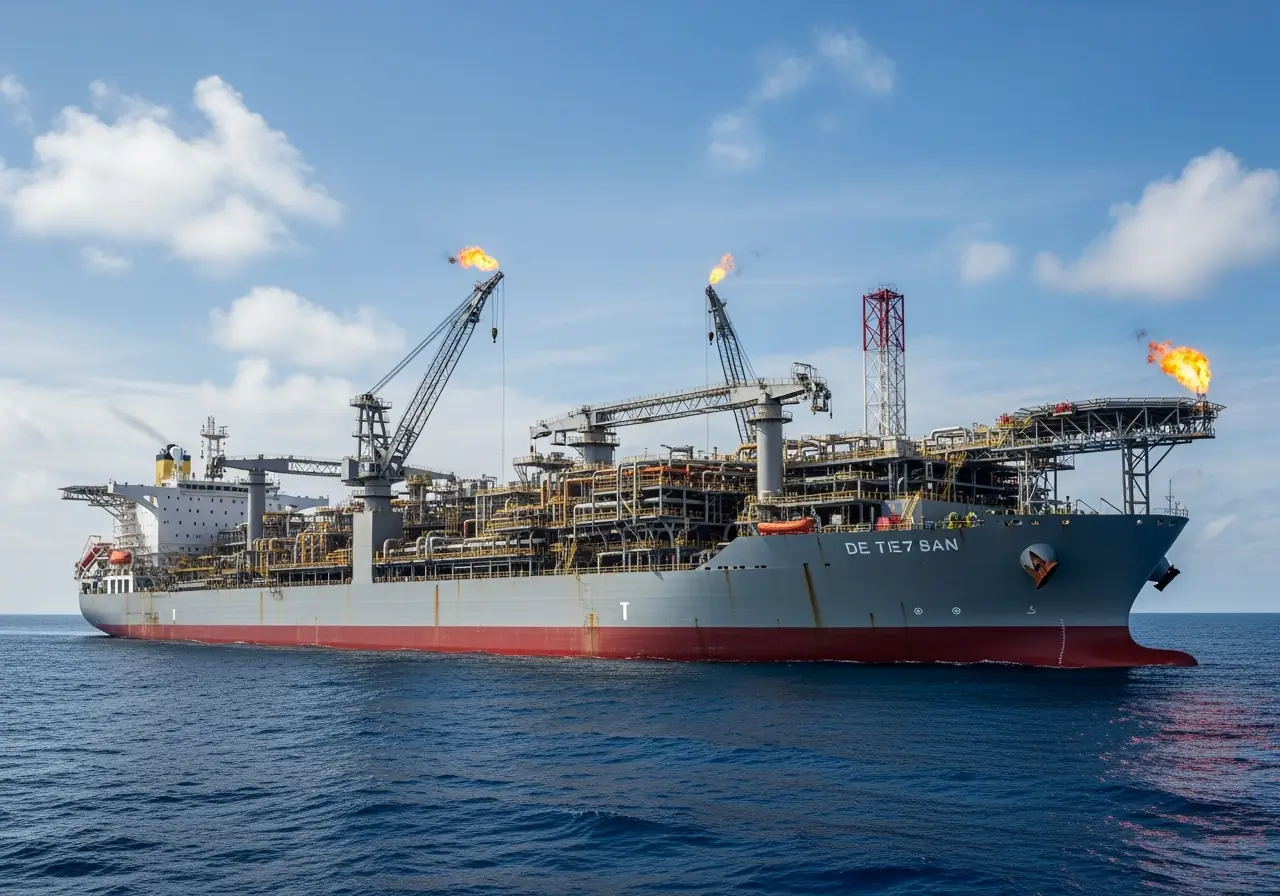
FPSO Smart Parts Planning: Proven Methods to Cut Downtime
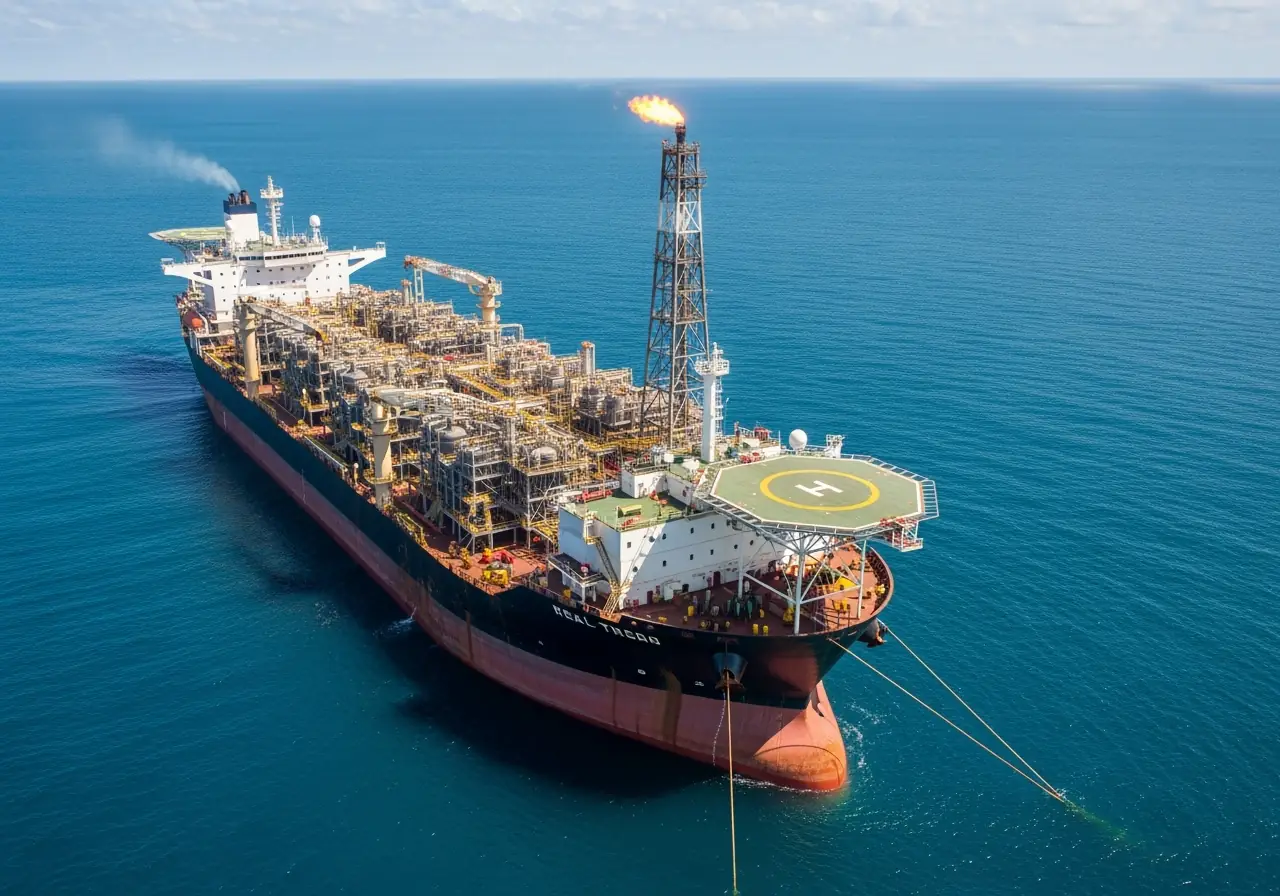
How FPSO Inspection Prevents Million-Dollar Shutdown Losses
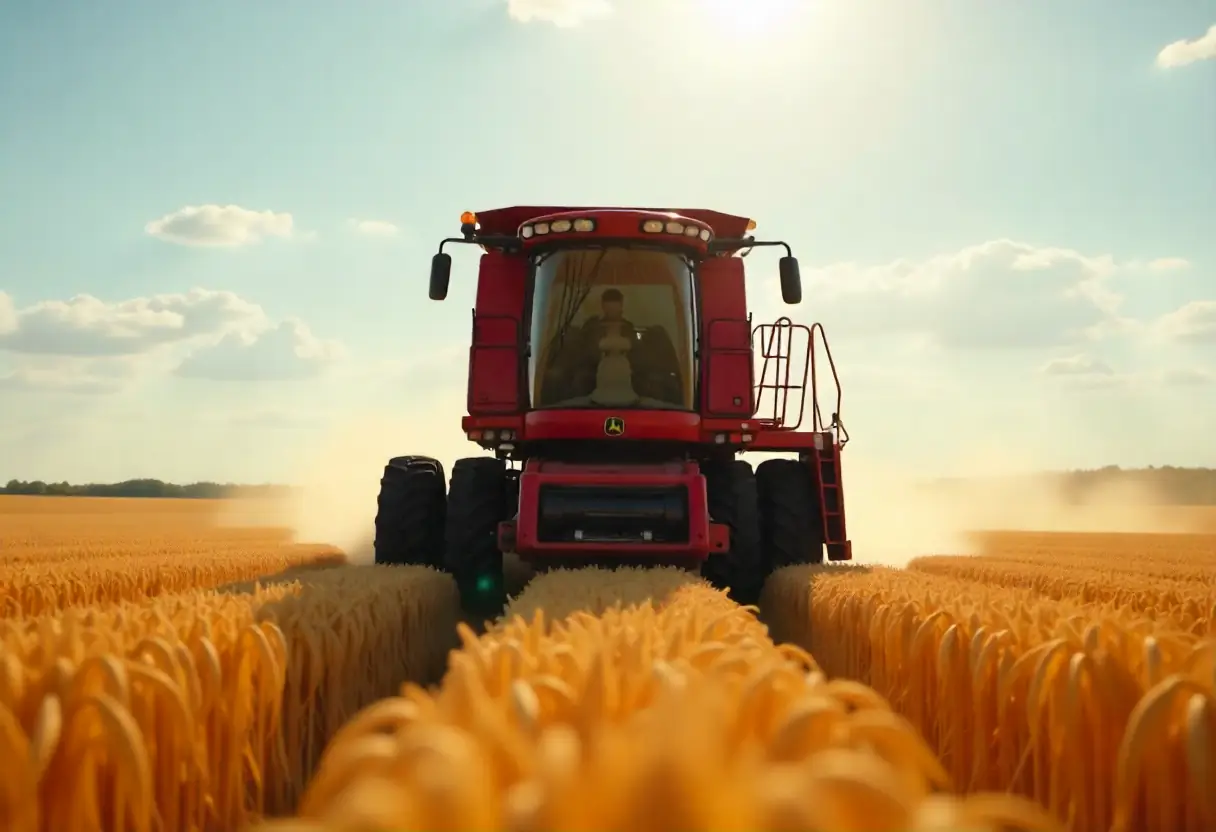
Fix It Before It Breaks: A Farmer's Guide to Combine and Harvester Maintenance

Why Fast Tractor Parts Delivery is Changing Modern Farming [2025 Guide]
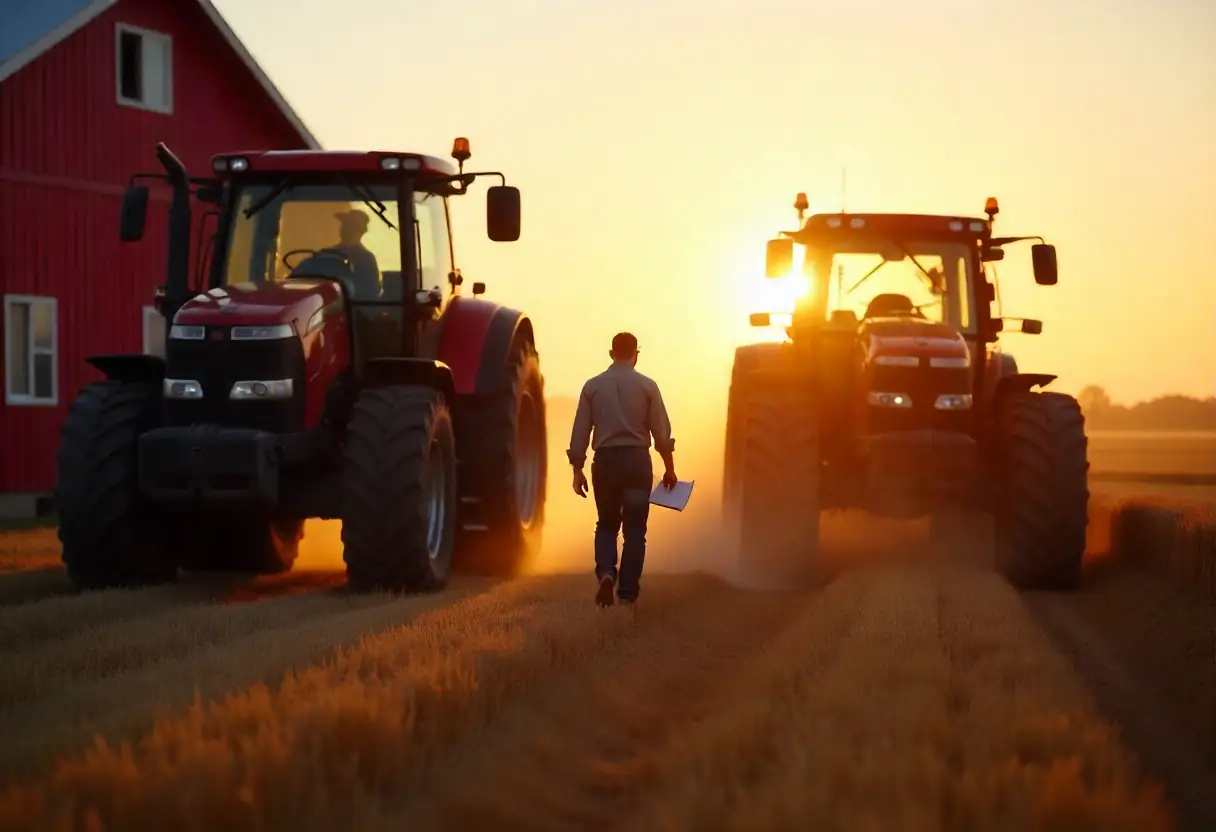
The Critical Farm Equipment Replacement Parts You Need Before Harvest 2025
.webp)
How to Double Your Farm Efficiency: Expert Guide to Smart Scaling

Cut Costs by 30%: Pre-Season Spare Parts Audit Checklist

Proven Success Factors for Agricultural Equipment Manufacturers in 2025

13 Overlooked Farm Spare Parts That Halt Operations — Pt. 2

13 Overlooked Farm Spare Parts That Halt Operations — Pt. 1

Top Hydraulic Components for Agricultural Equipment in 2025: Complete Guide
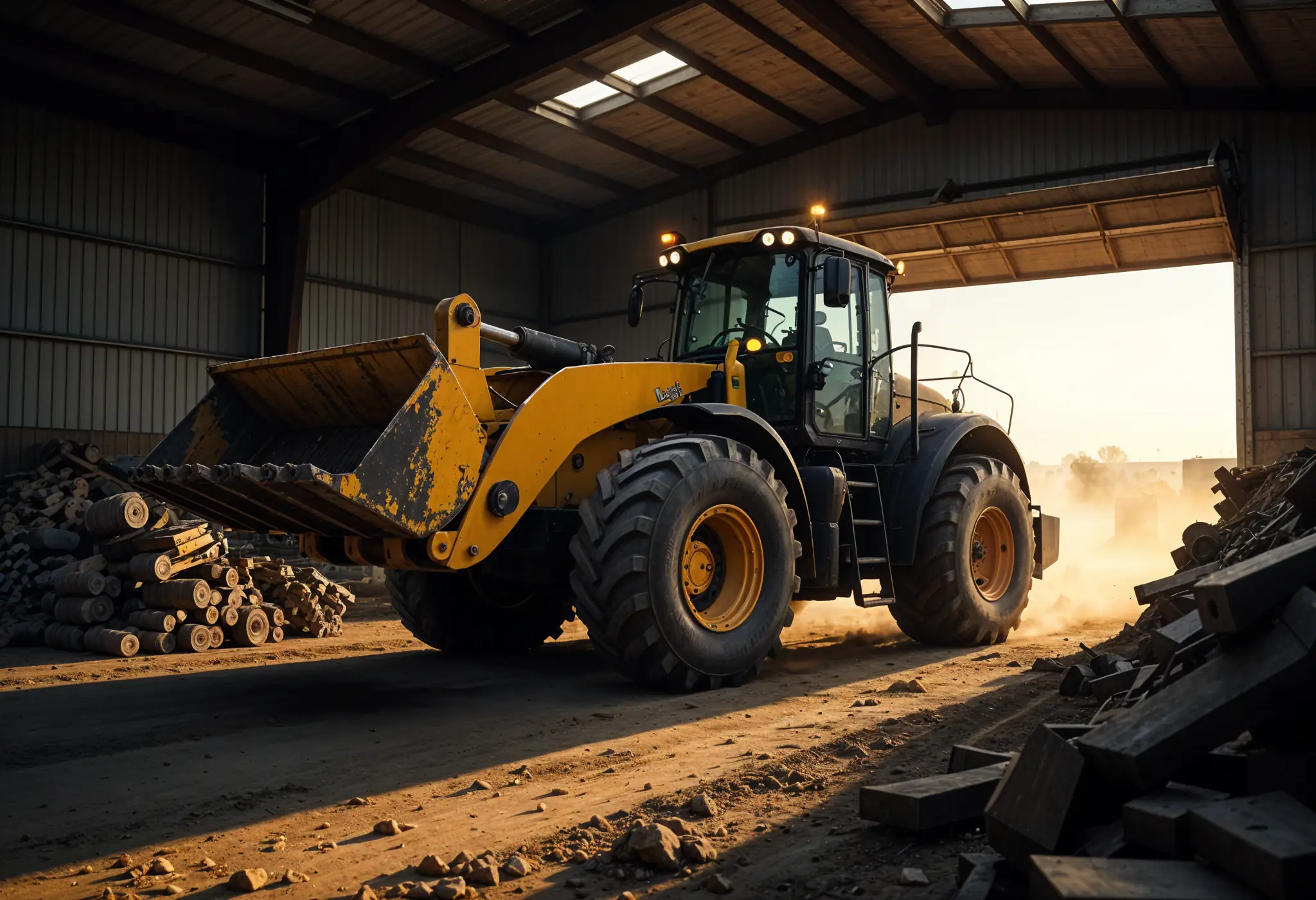
The Essential Farm Equipment Parts You Can't Afford to Run Out Of
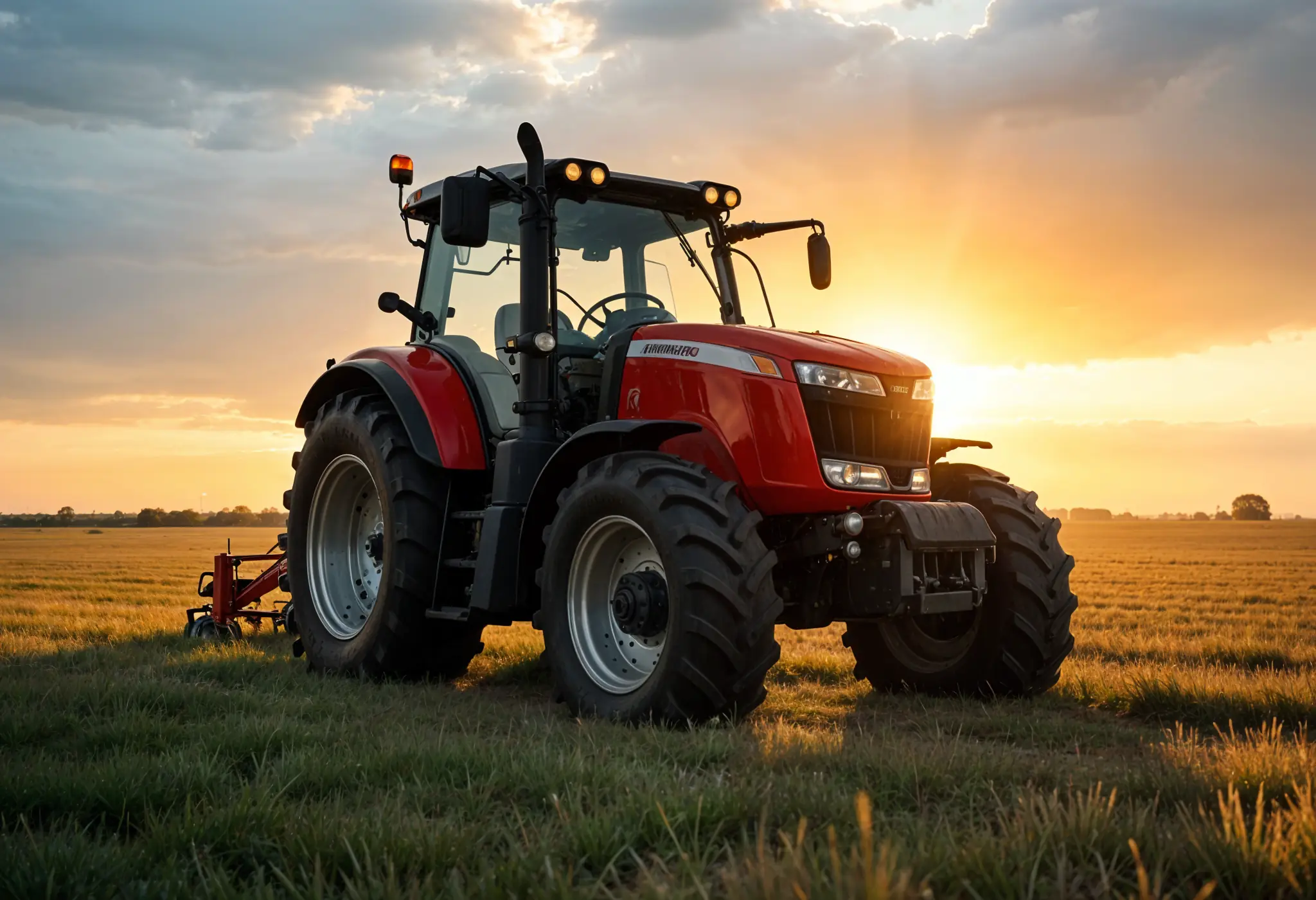
How to Service Farm Equipment: A Farmer's Guide to Zero Harvest Downtime
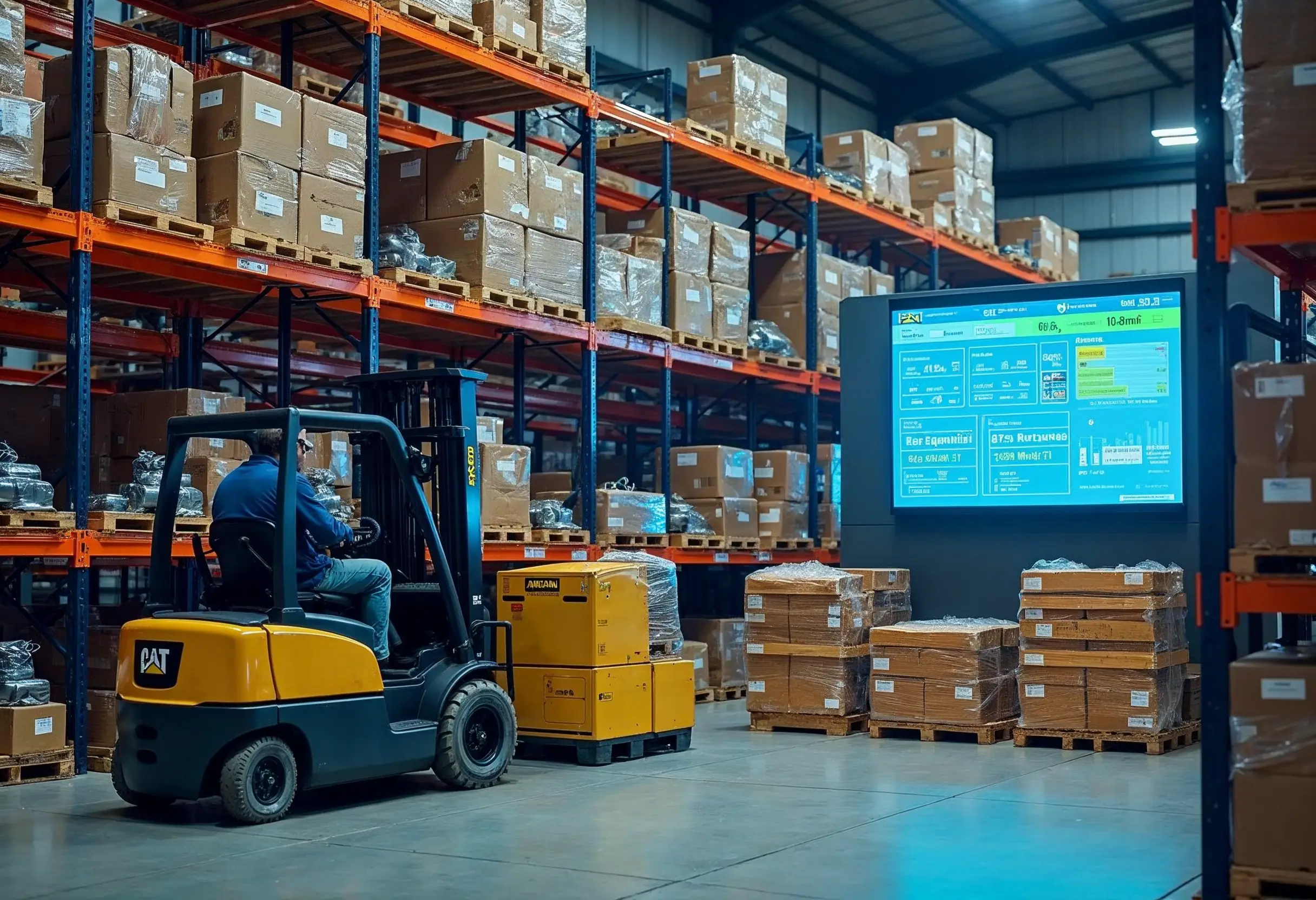
Construction Machinery Parts Suppliers: Expert Selection Guide
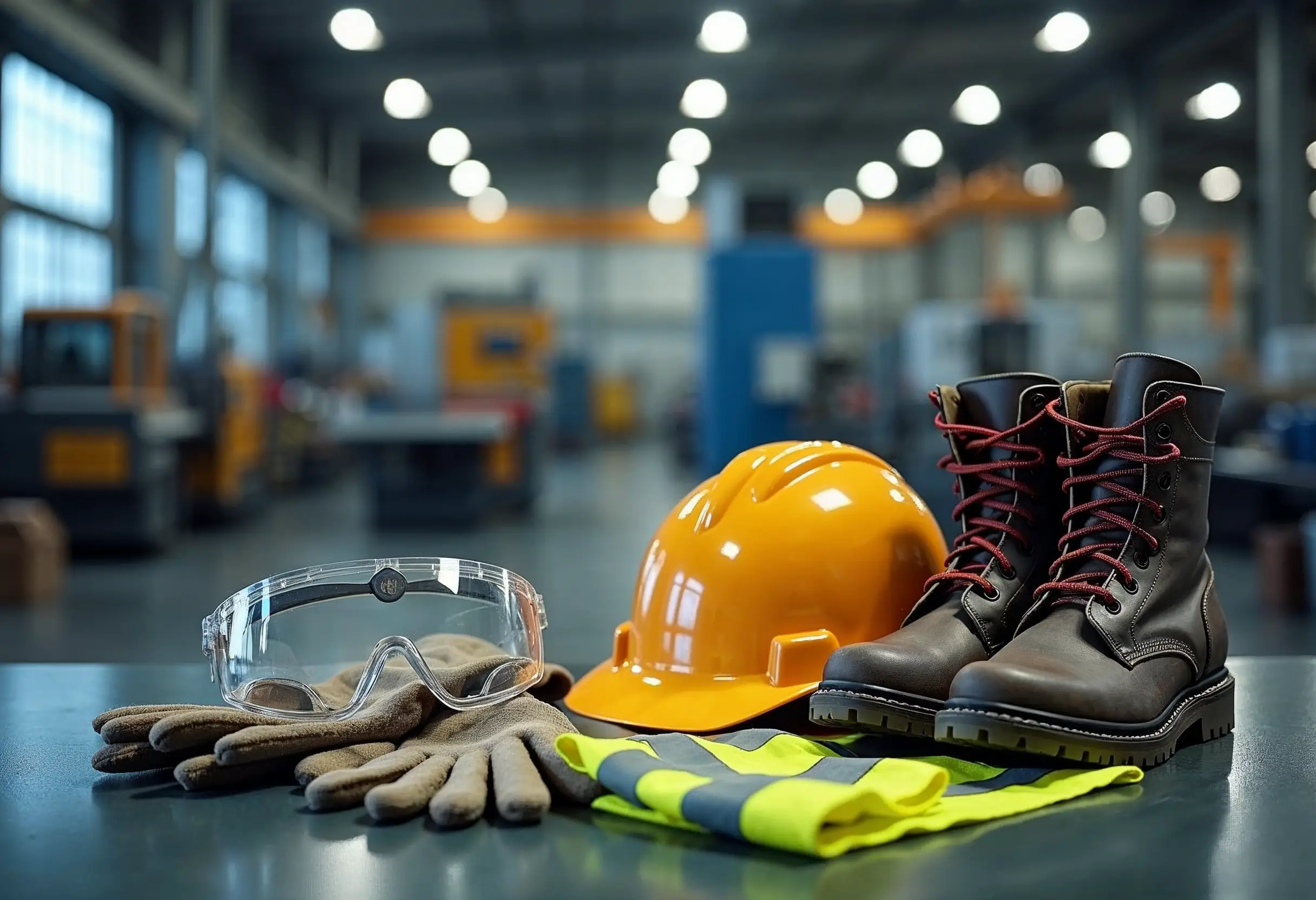
How to Apply Machine Safety Rules: From Selection to Installation

Smart Diagnostics Cut Heavy Equipment Failures by 73%

5 Ways to Assess the Environmental Impact of Heavy Construction Machinery

10 Smart Ways to Pick Construction Machinery for 2025 Projects
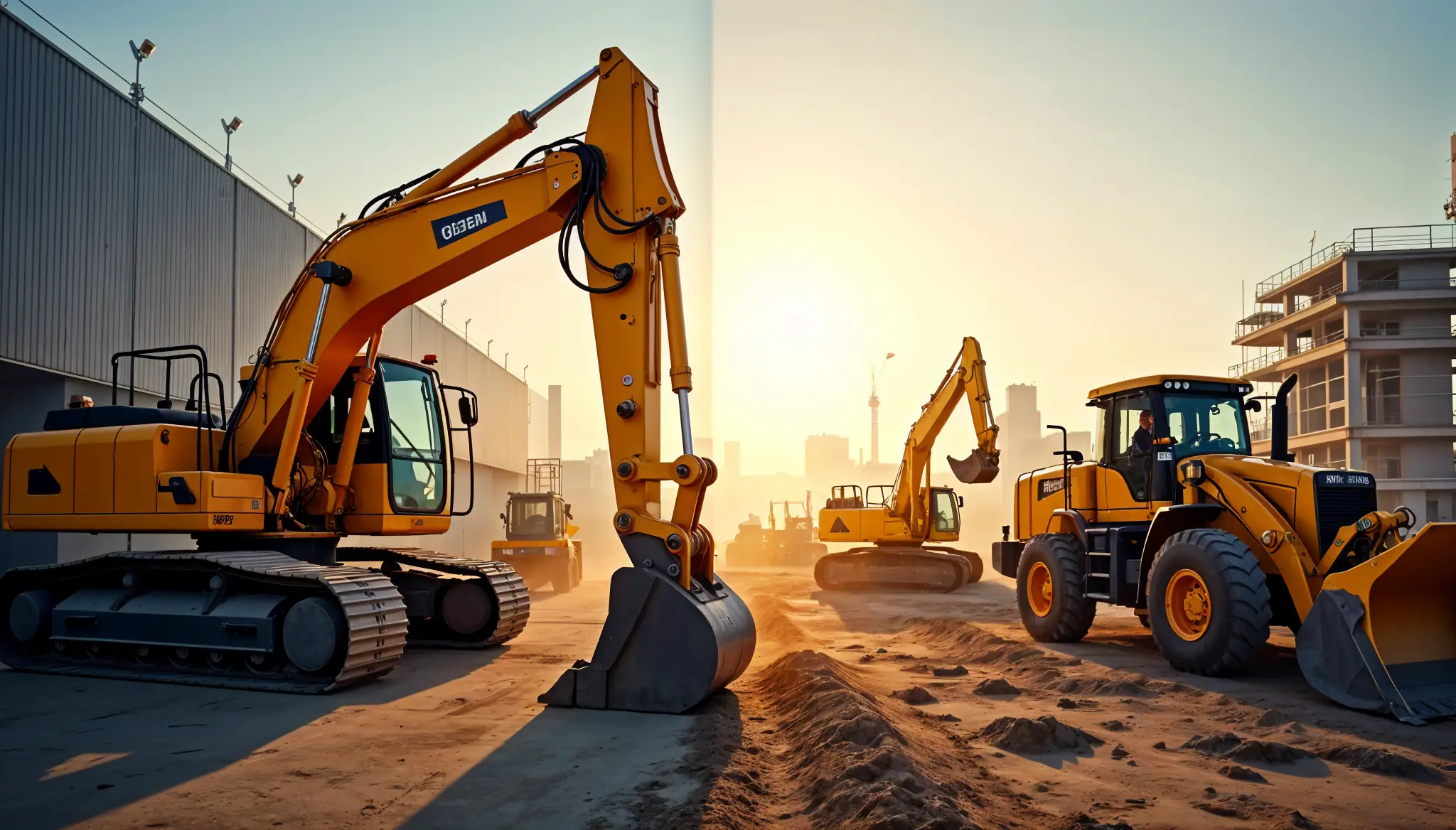
Rent vs Purchase Equipment: What Heavy Industry Experts Hide

How to Implement a Construction Inventory Management System for Equipment Efficiency
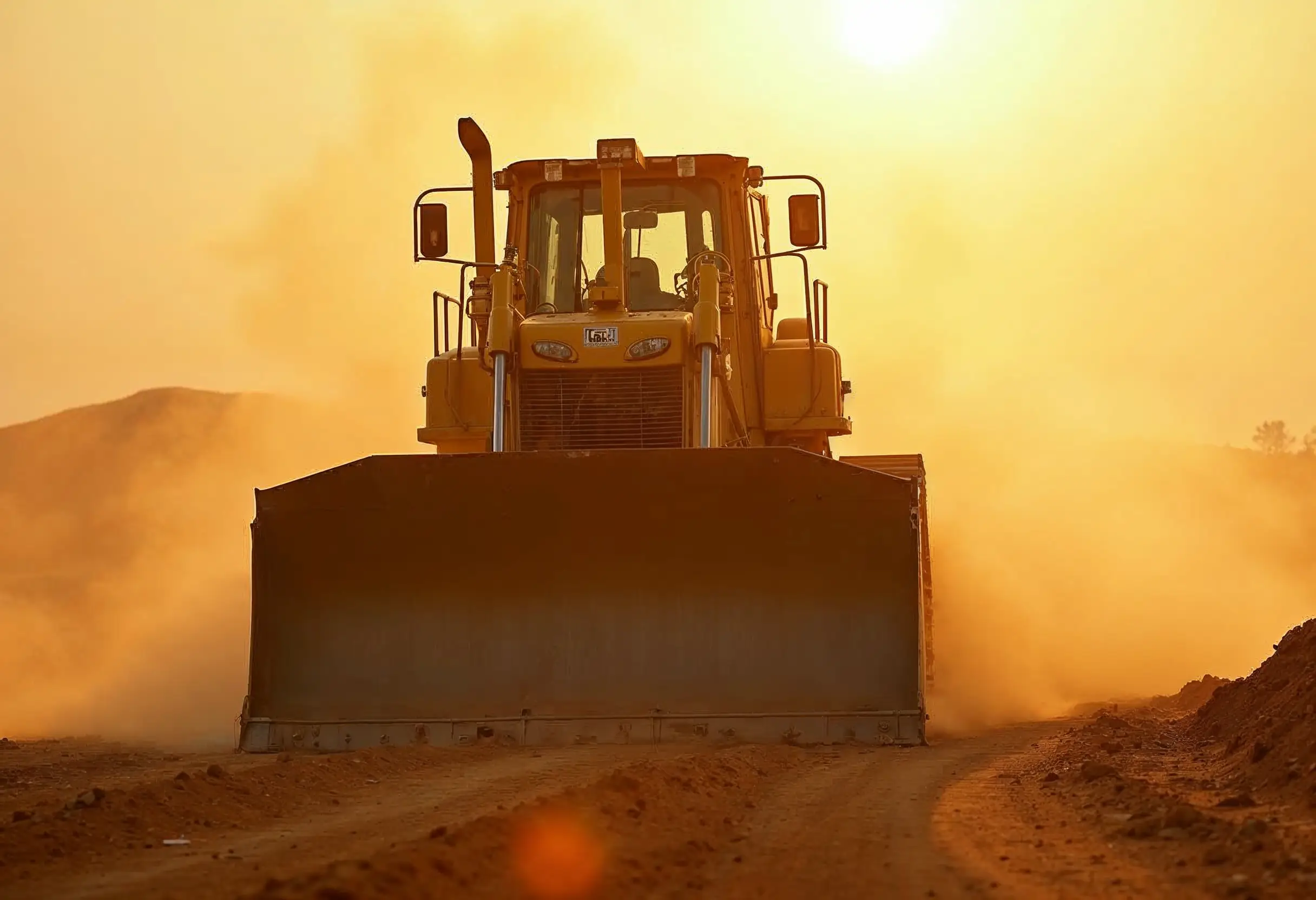
How to Extend Equipment Life Expectancy with Regular Maintenance
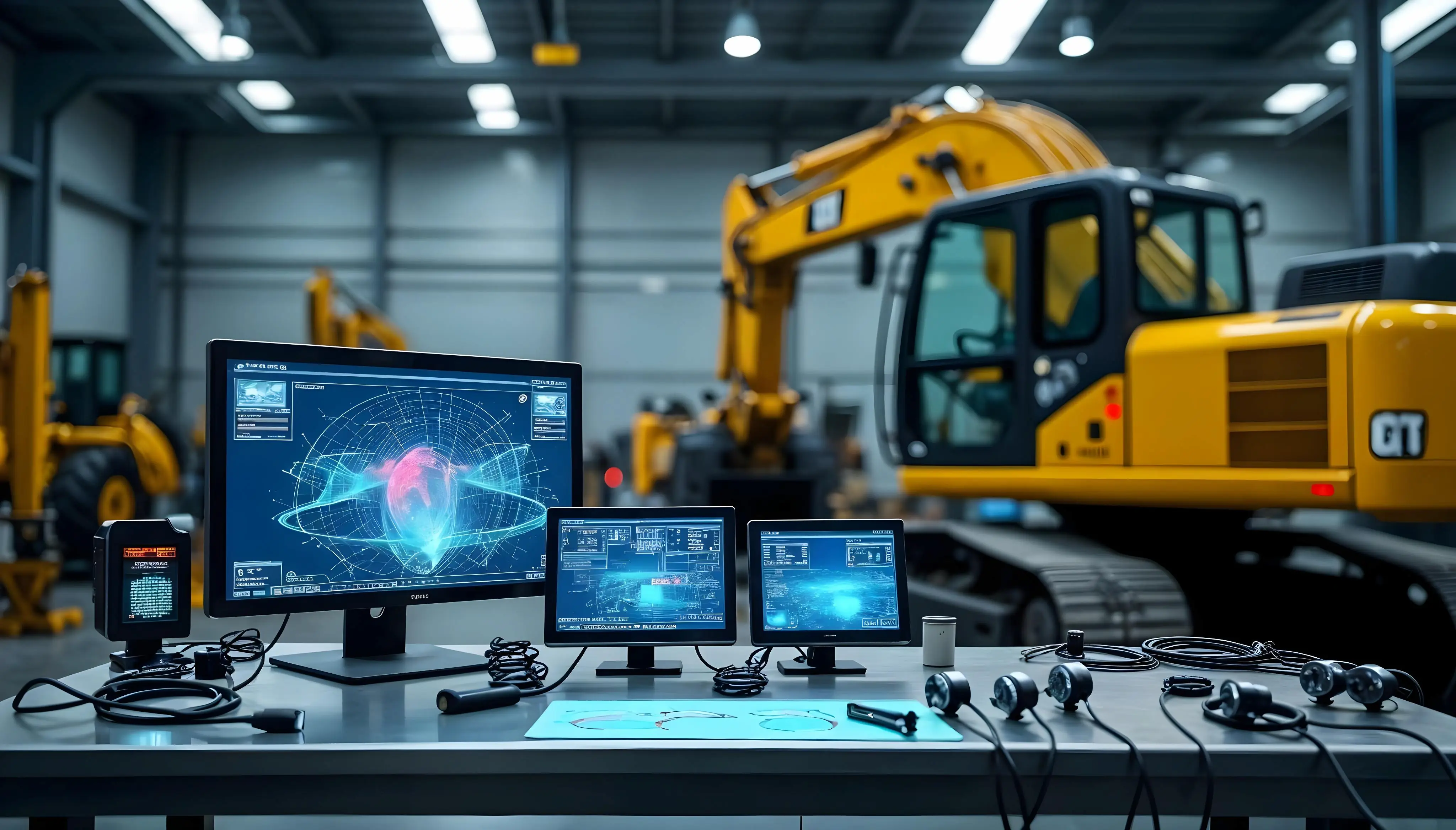
Advanced Heavy Equipment Diagnostic Tools: Ensuring Construction Machinery Quality
Essential Features Your Construction Equipment Inventory System Needs
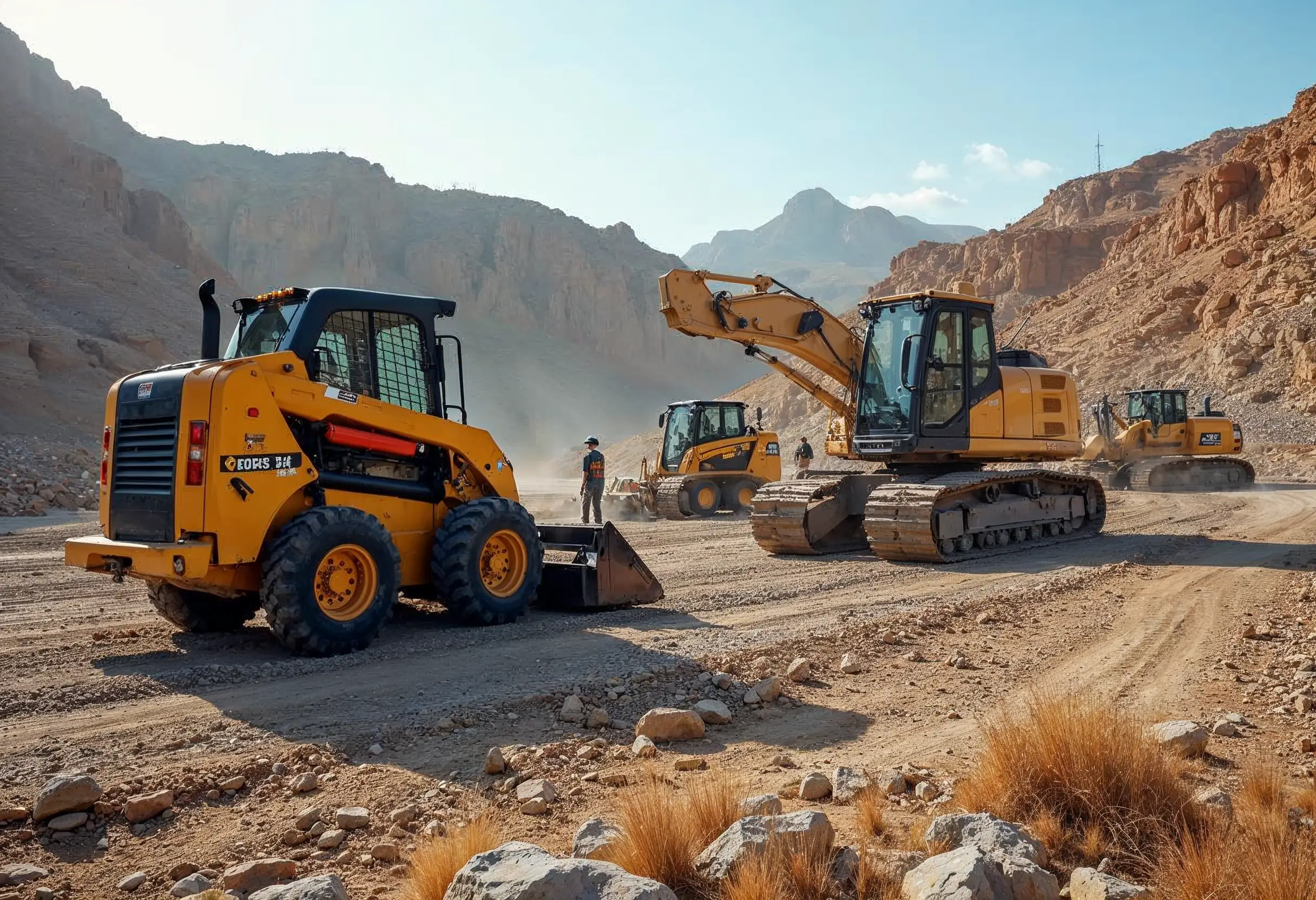
29 Quick Tips for Choosing Construction Equipment for Remote Locations

How to Select Construction Machinery with Optimal Equipment Maintenance in Mind
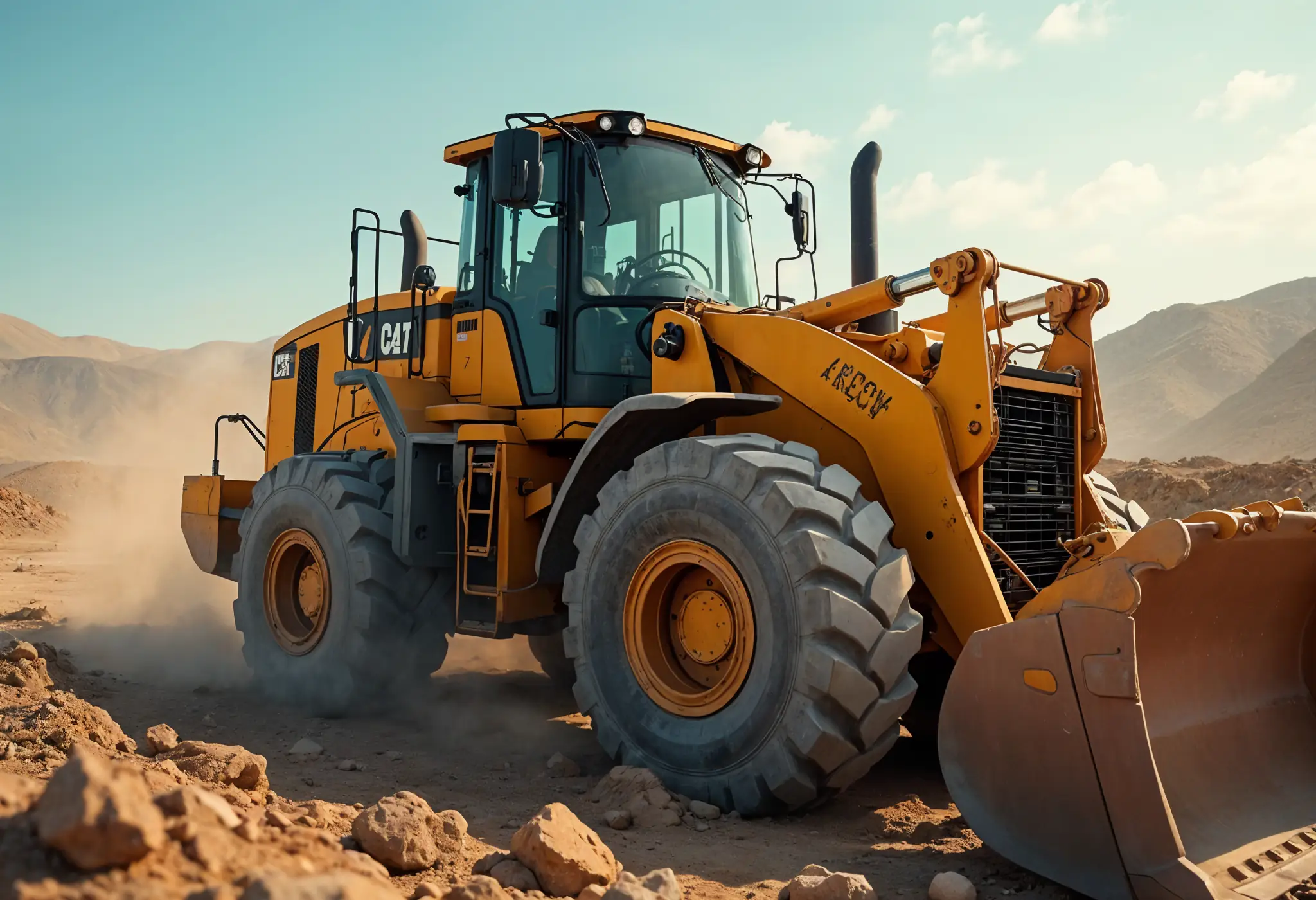
Top 25 Tips for Selecting Bulldozers for Construction Sites
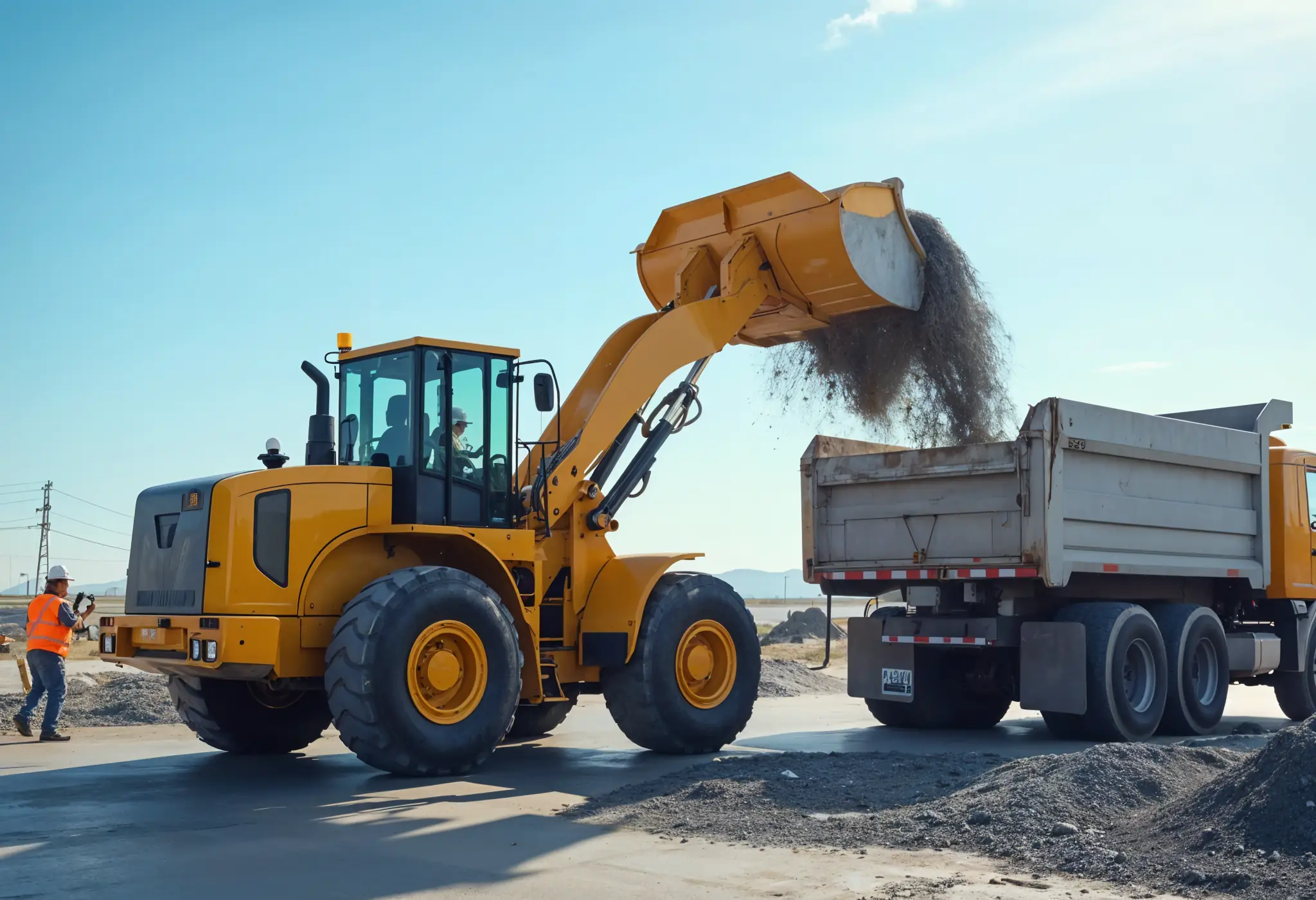
Which Construction Loader is Best for Your Project Needs?

4 Key Steps to Form a Construction Machinery QC Team

15 Essential Tips for Selecting the Perfect Crane for Construction
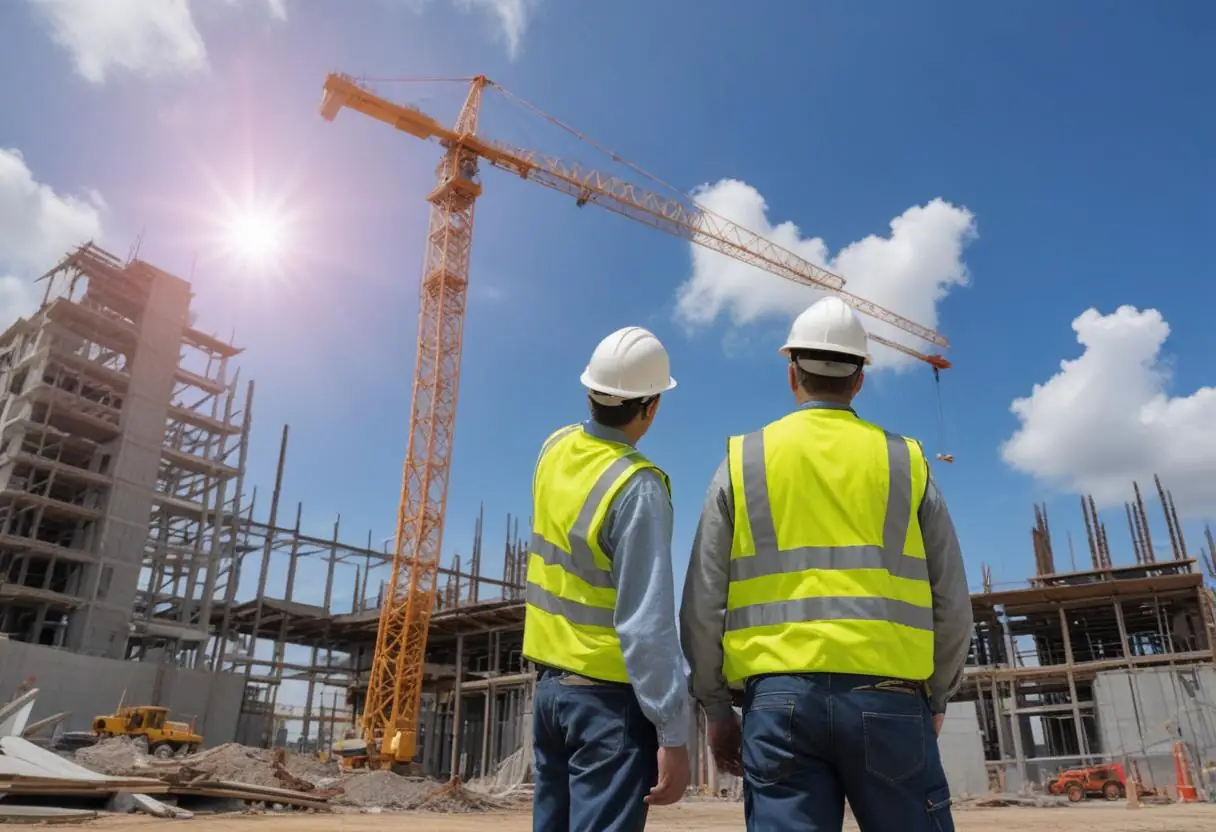
Maximize Savings: Multi-Purpose Construction Machinery for Lower Costs

Affordable Heavy Equipment Parts: A Sourcing Guide
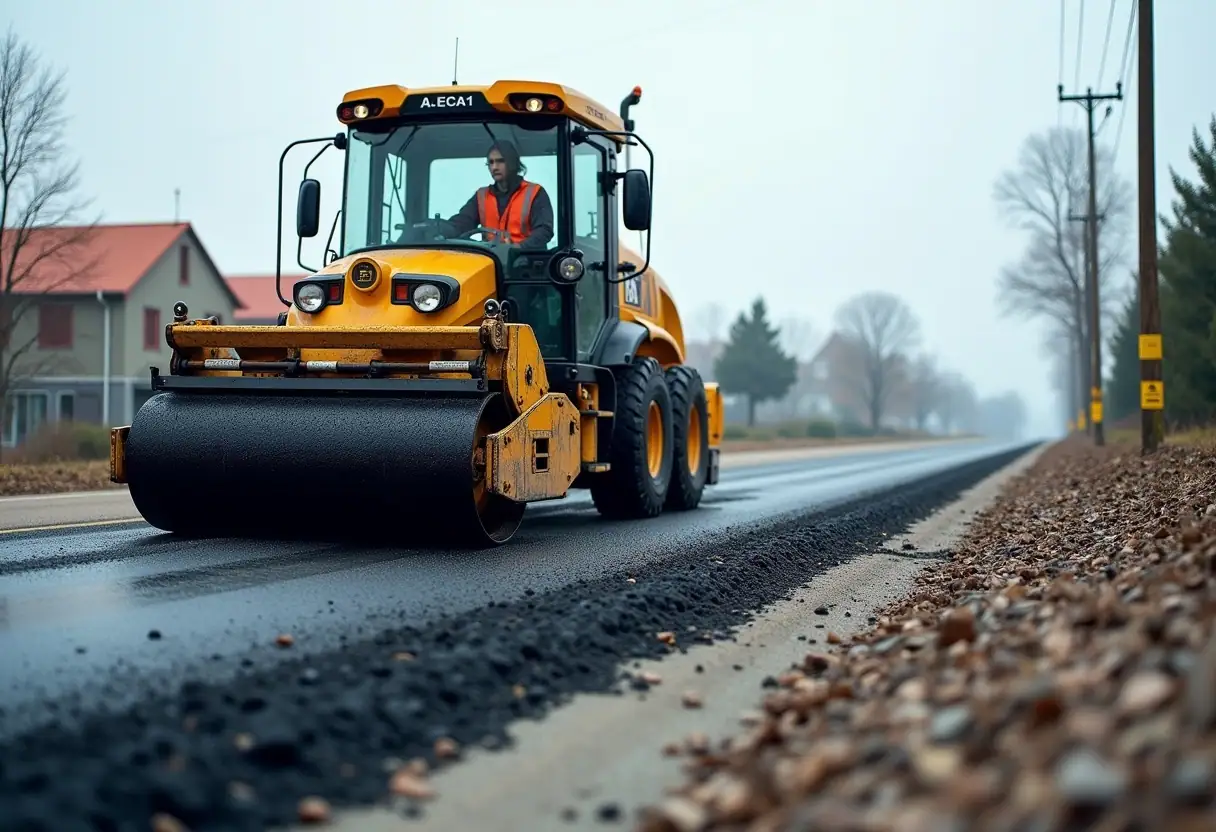
Choosing the Right Road Construction Equipment: A Complete Guide
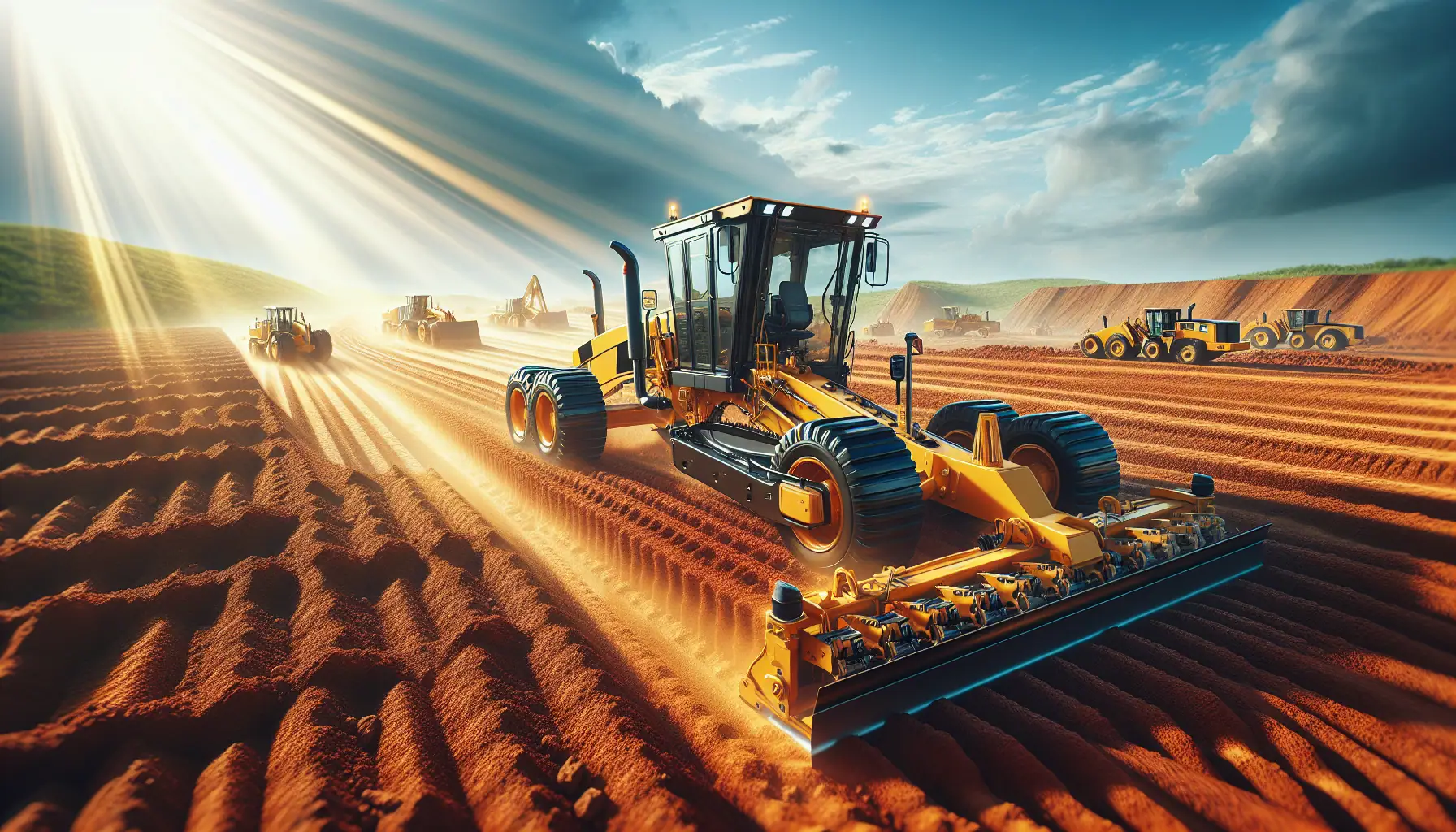
Motor Graders: Key Elements to Consider for Optimal Selection
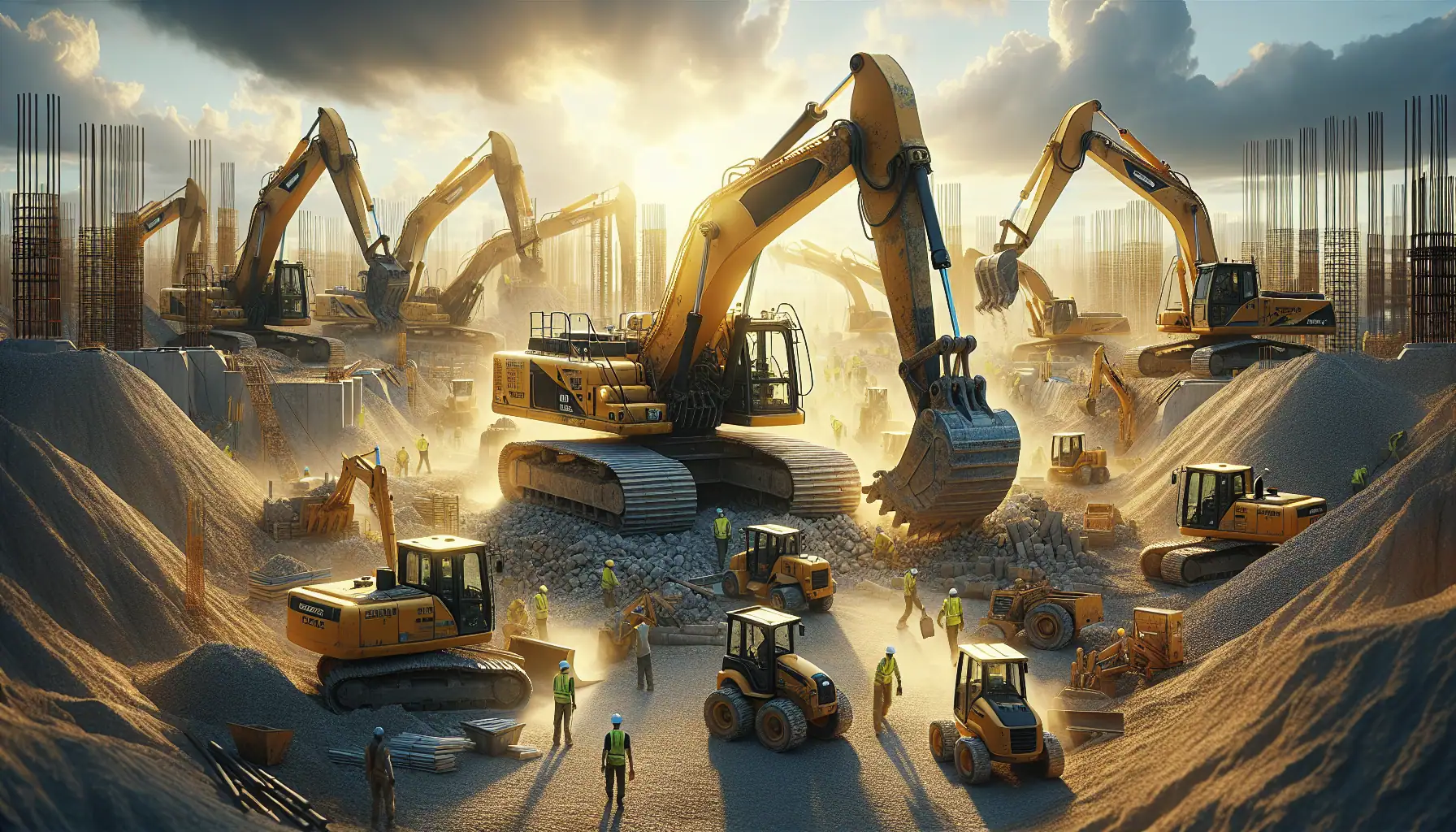
A Detailed Guide to Choosing Excavators for Construction Work

Top Tips for Choosing Cranes for Construction Projects
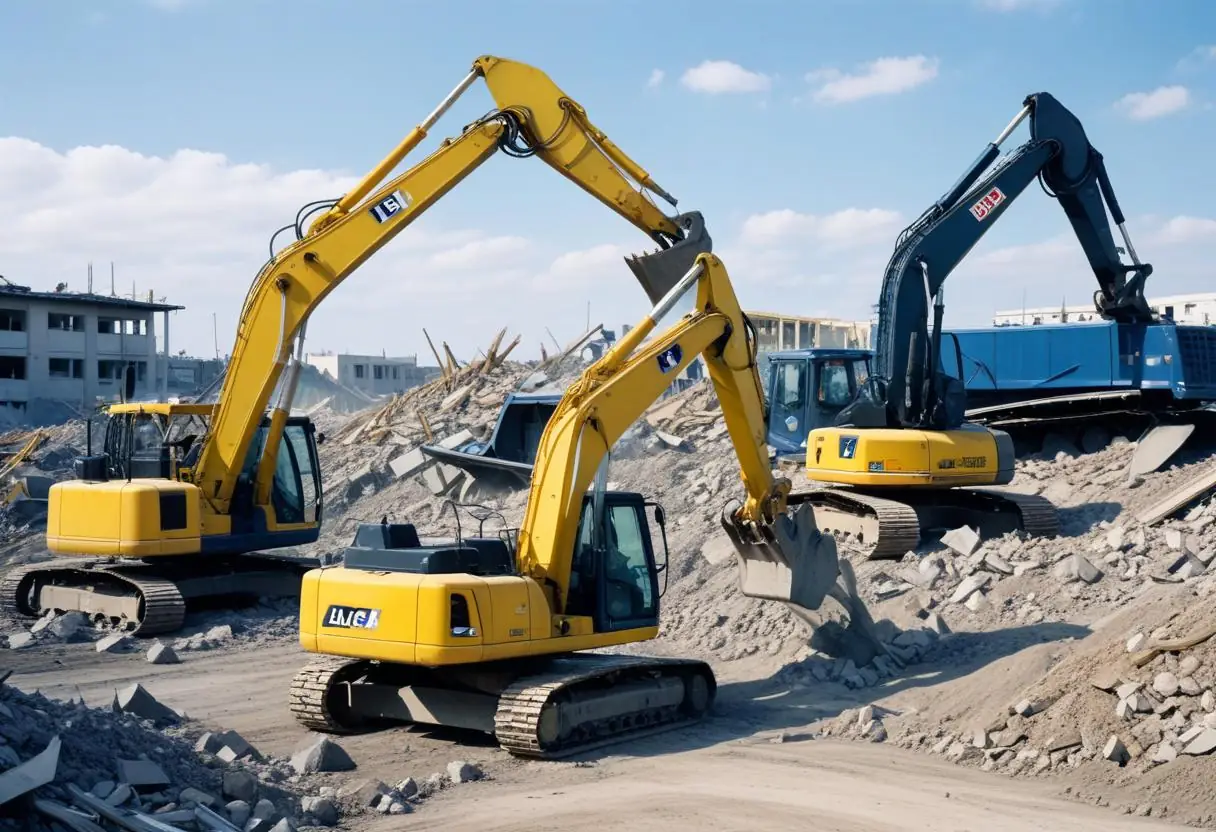
5 Top-Rated Demolition Machines for Construction Professionals
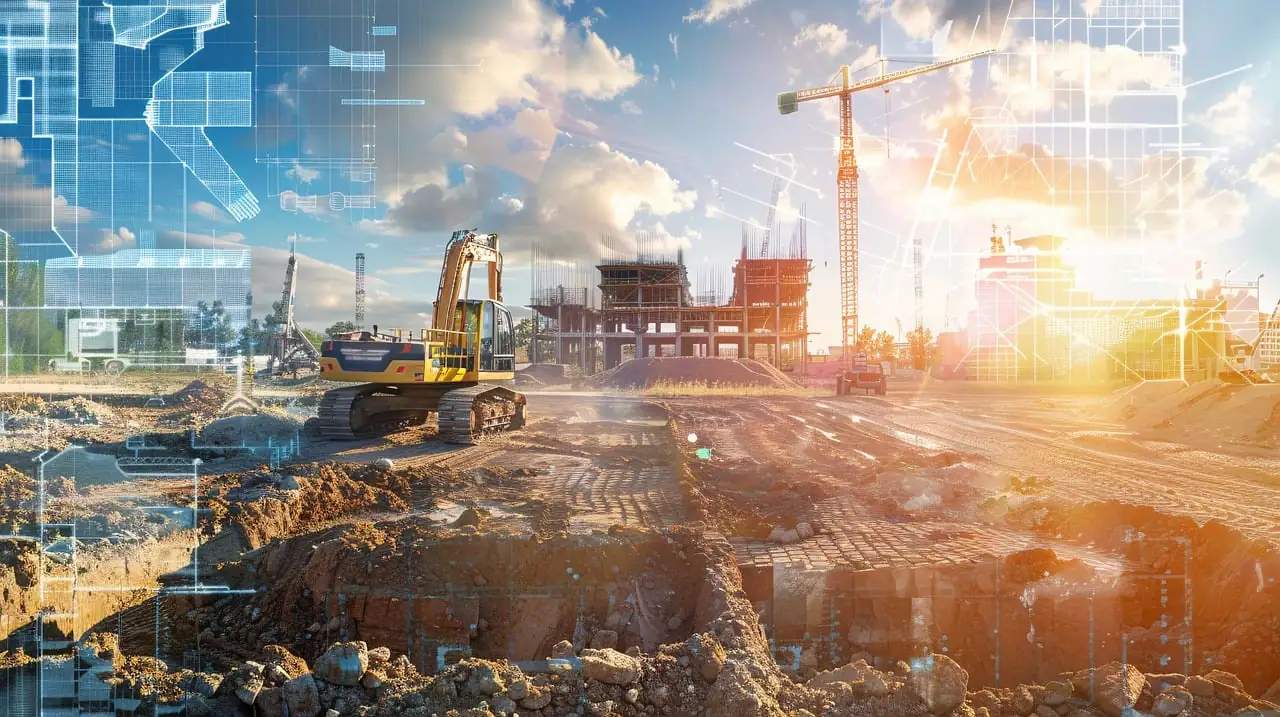
Expert Tips on Choosing Earthmoving Equipment for Large Projects

Top Functional Criteria for Selecting Heavy Construction Equipment
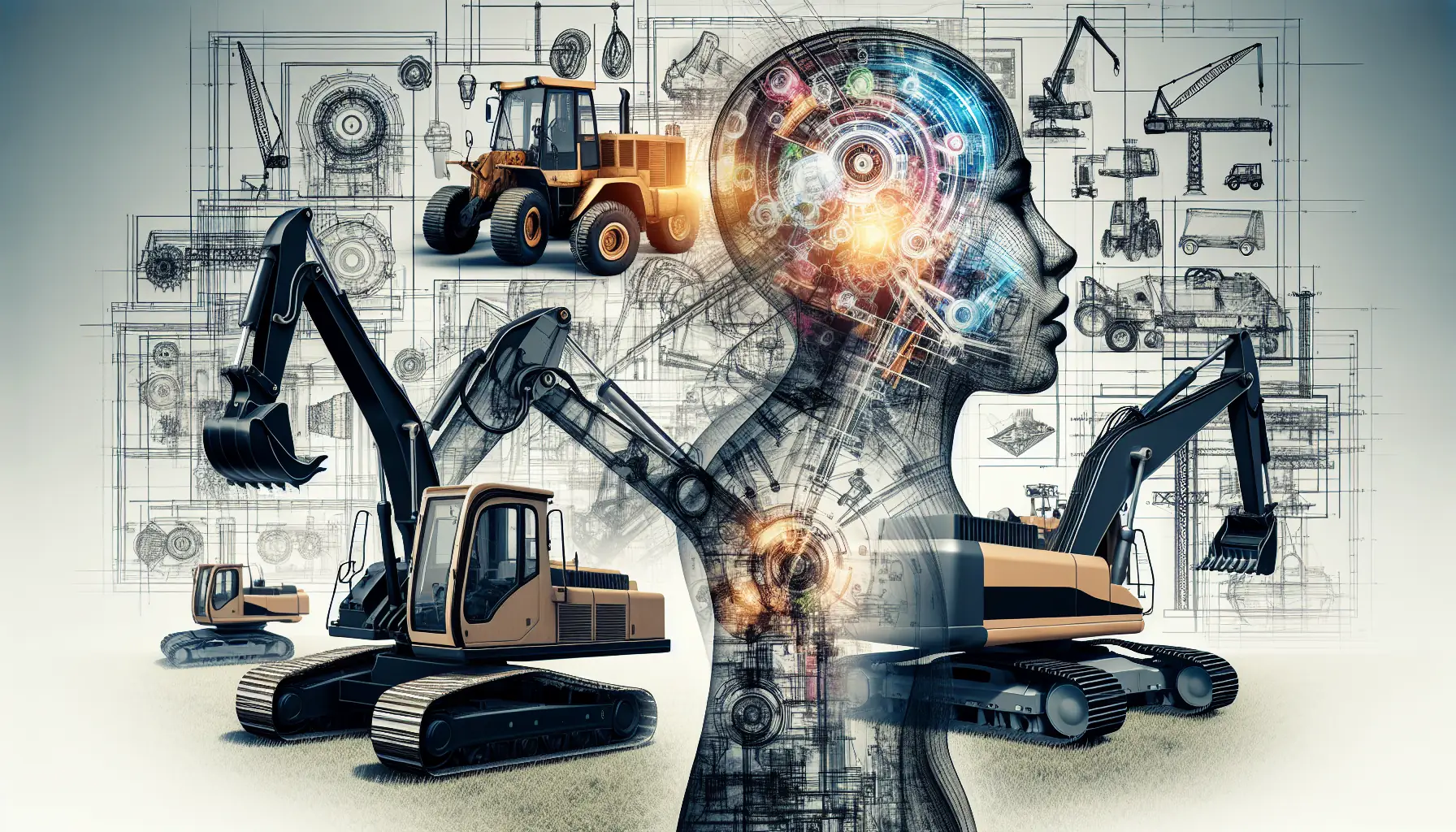
Construction Machinery: Detailed Guide to Equipment Specifications
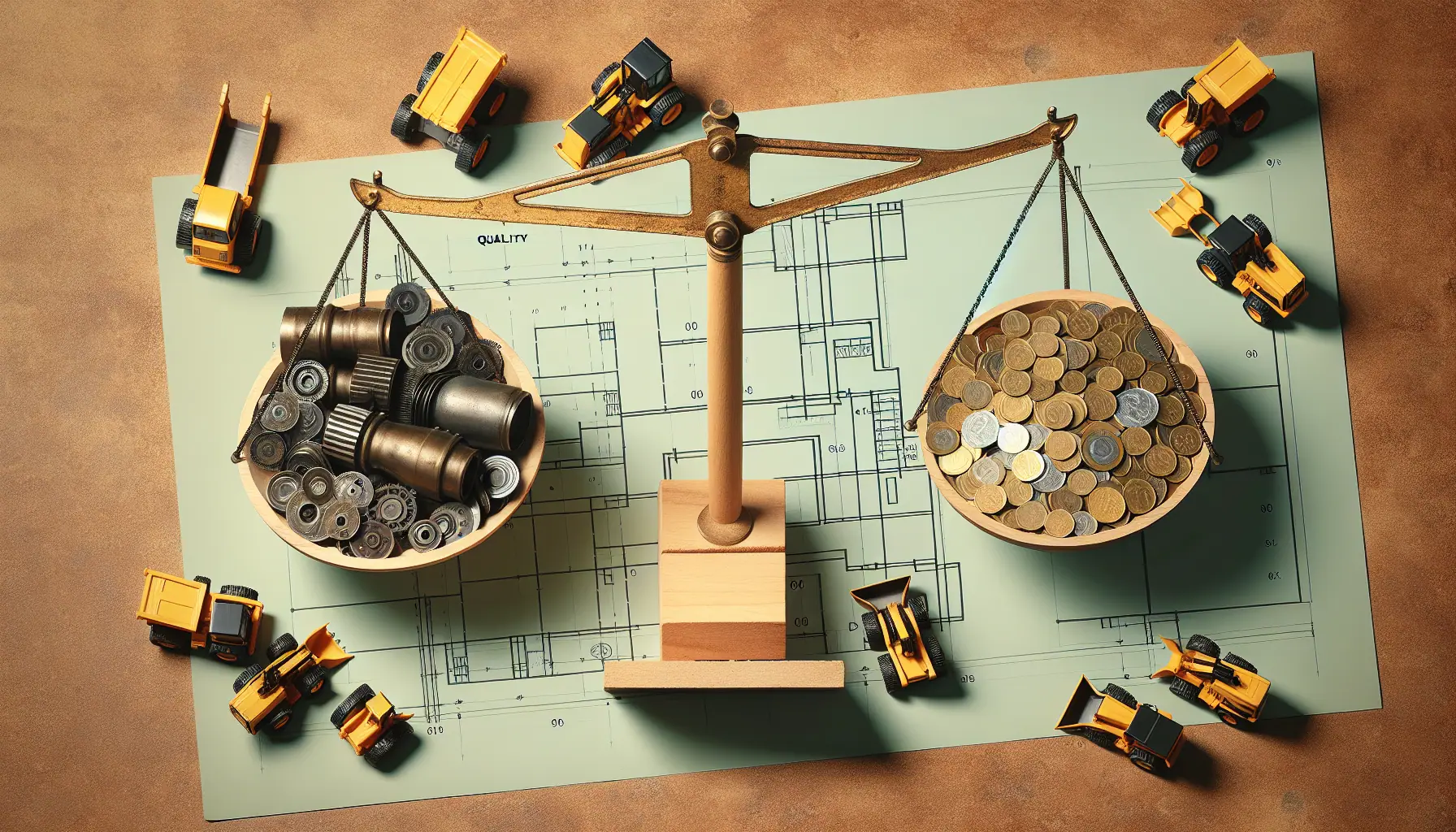
Heavy Machinery Prices: Key Factors in Cost and Quality Balance

Best Construction Heavy Equipment Brands: Pros and Cons
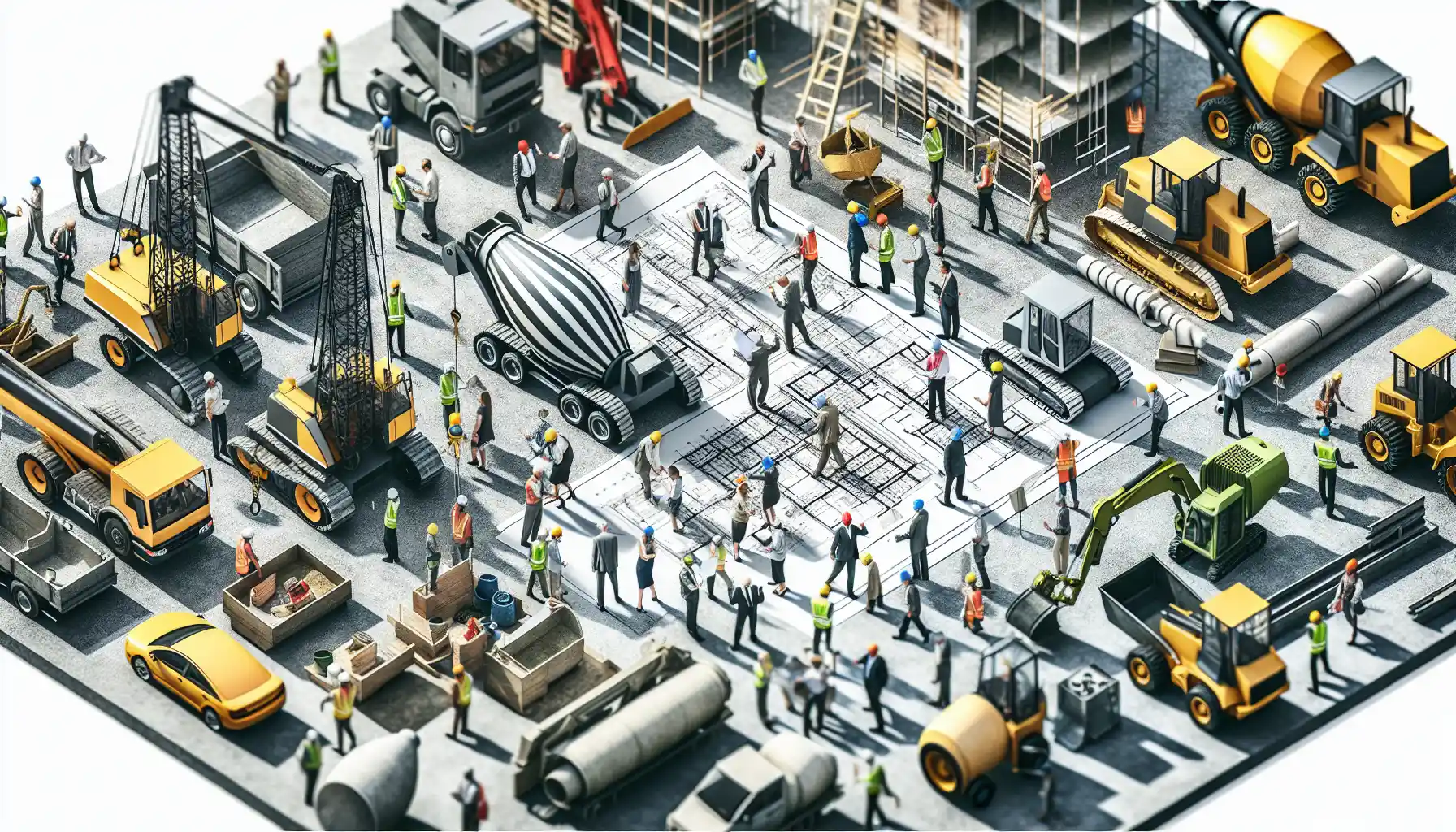
Construction Site Equipment: How to Determine Your Requirements

Maximizing Safety: Risk Management for Construction Projects

Innovations in Construction: Transforming Machinery and Equipment
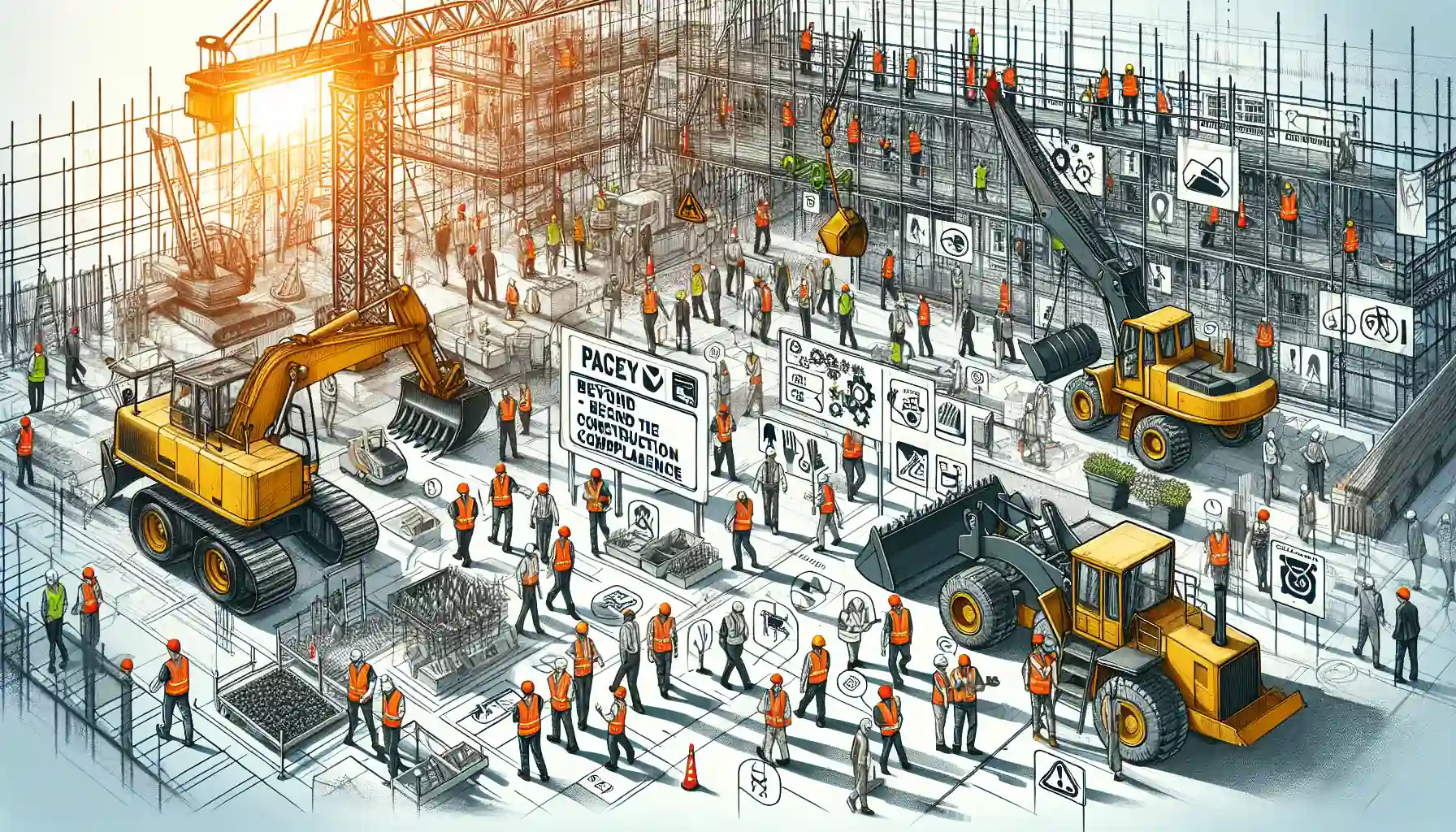
Heavy Equipment Safety: Beyond the Basics in Construction Compliance
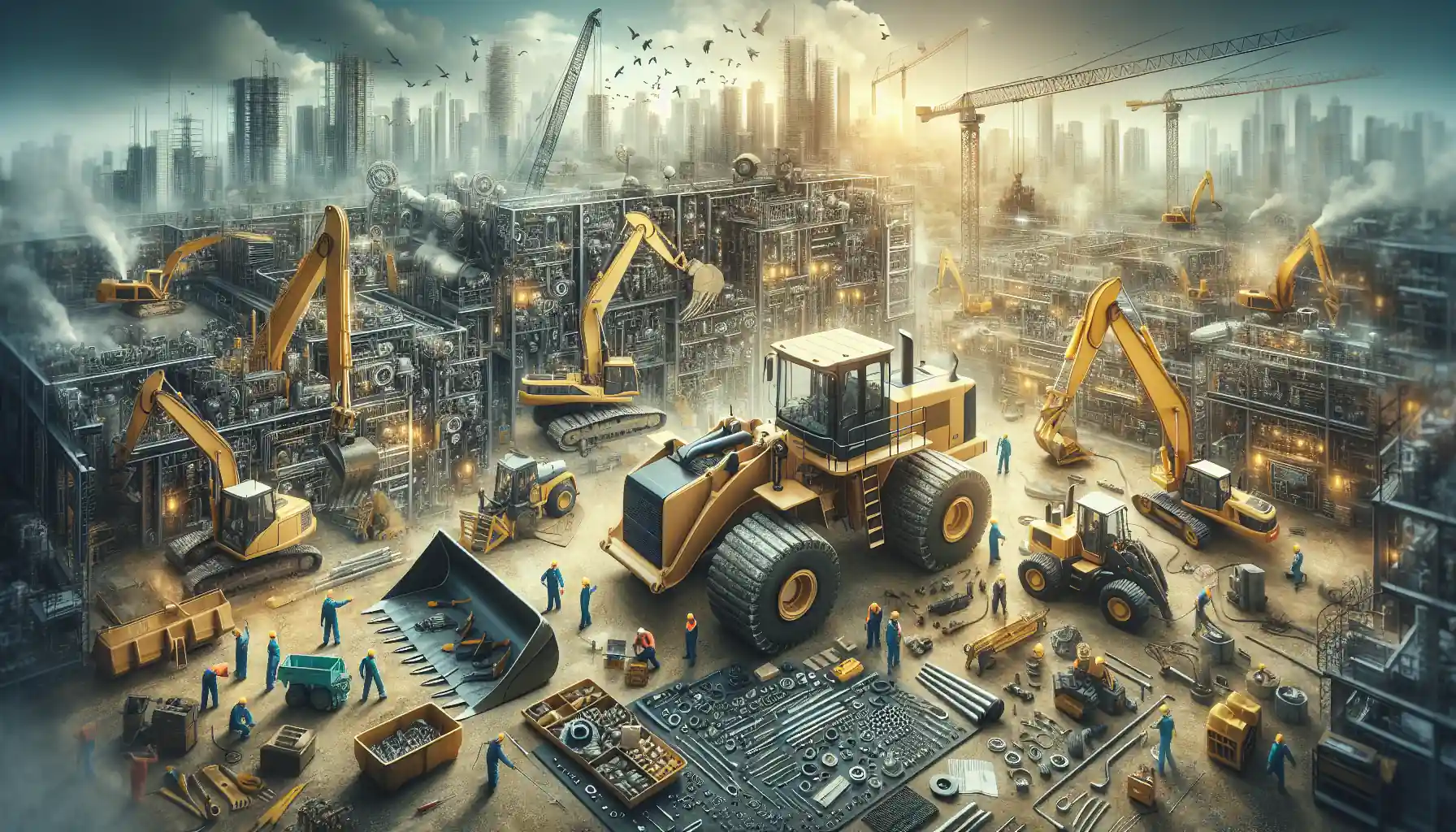
The Essential Handbook for Construction Equipment Repair and Maintenance

How to Efficiently Source Oil and Gas Machinery Parts in NYC

Essential Guide to Sourcing Agriculture Equipment Parts
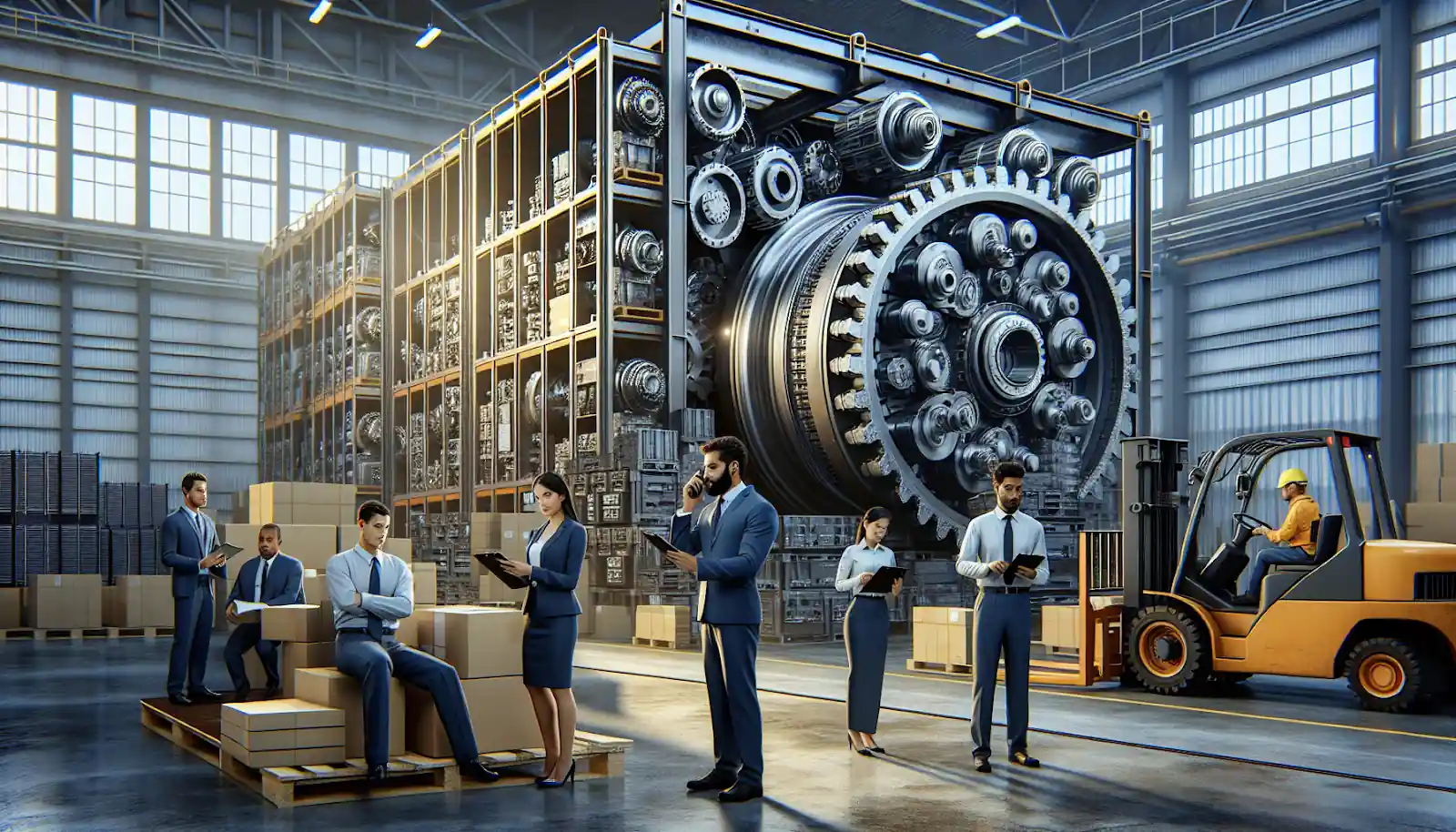
How to Source Mining Machinery Parts: Tips and Strategies
